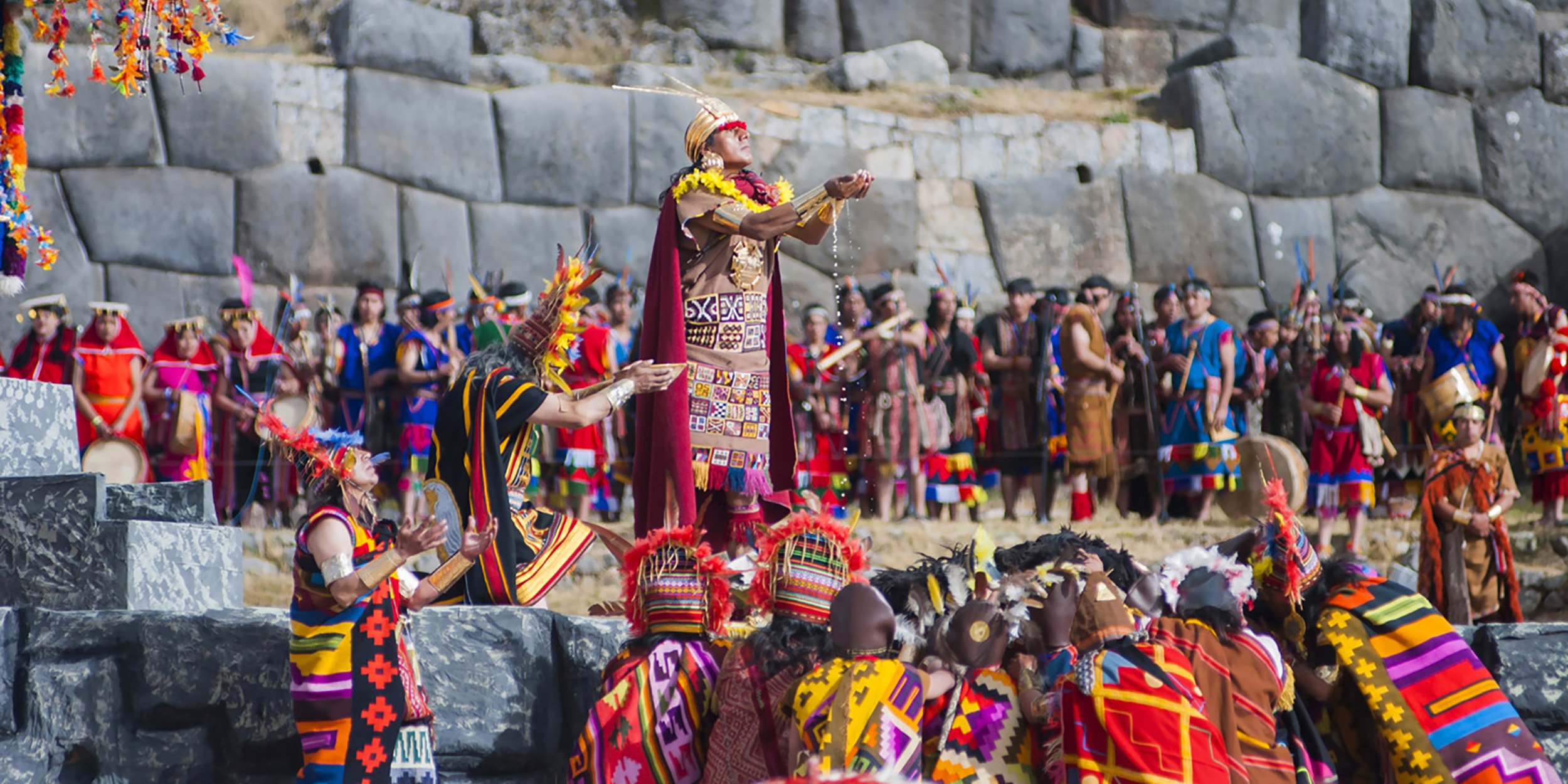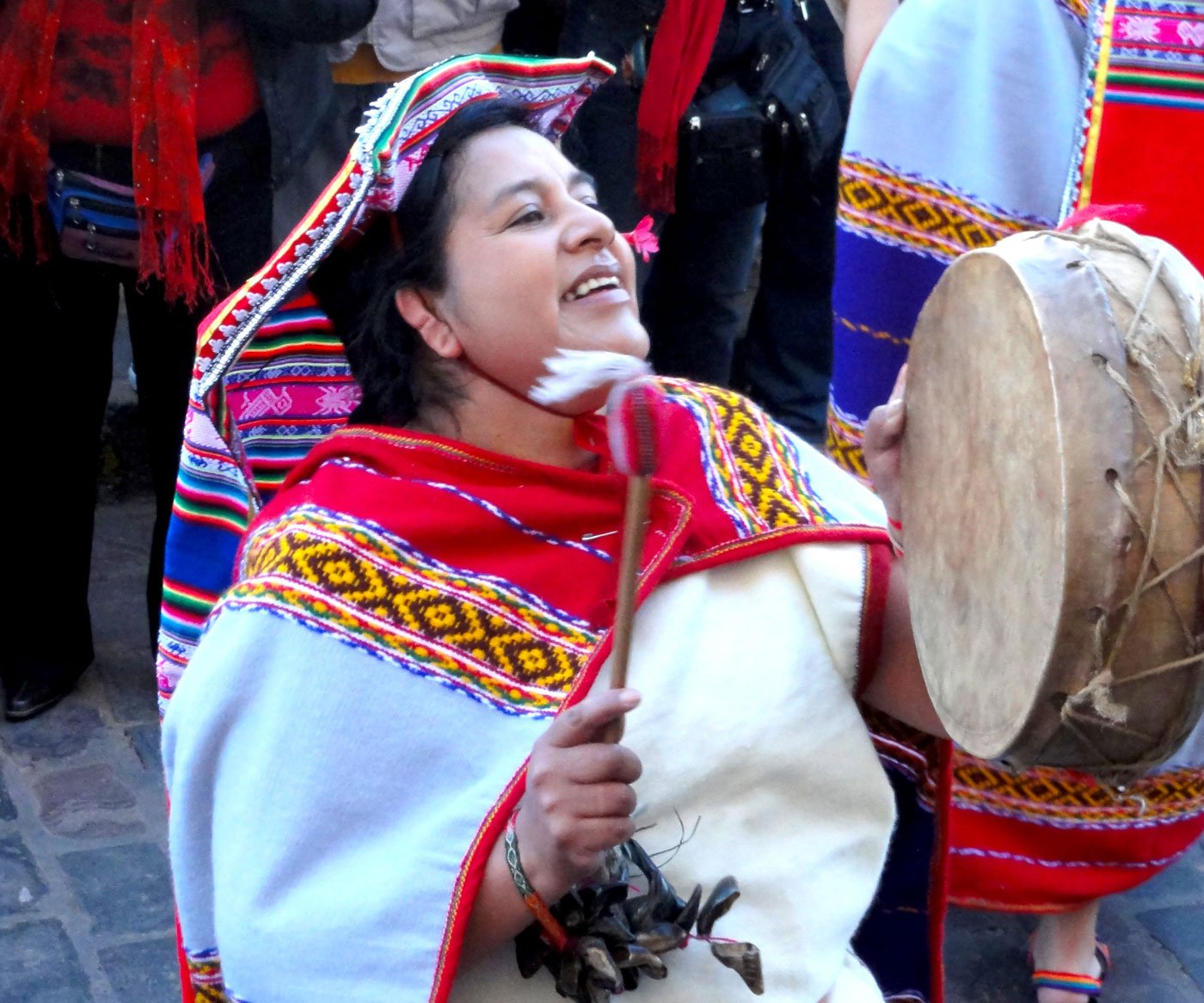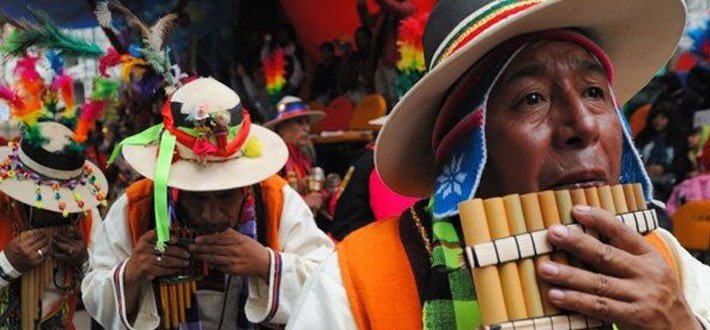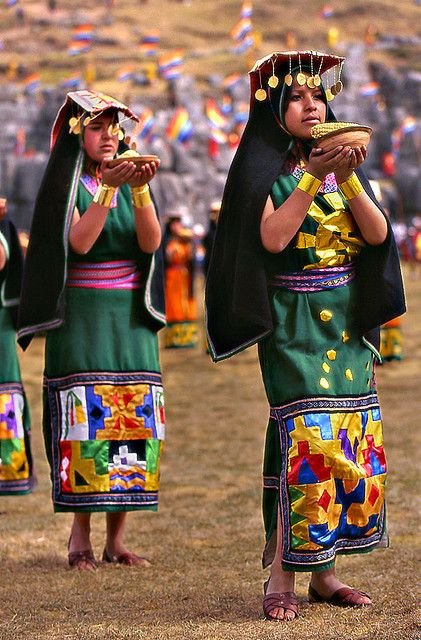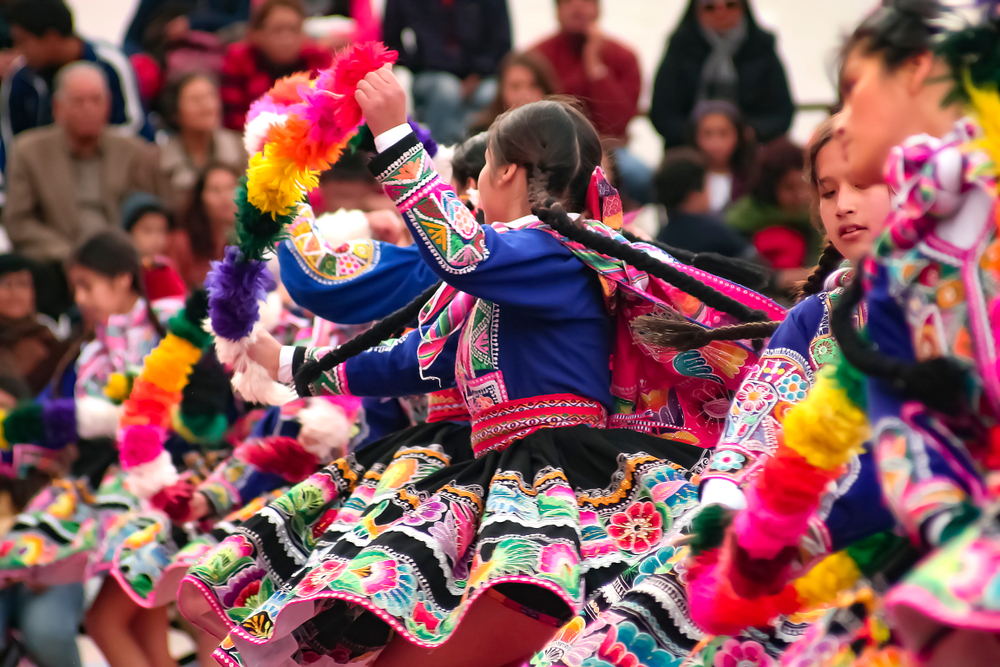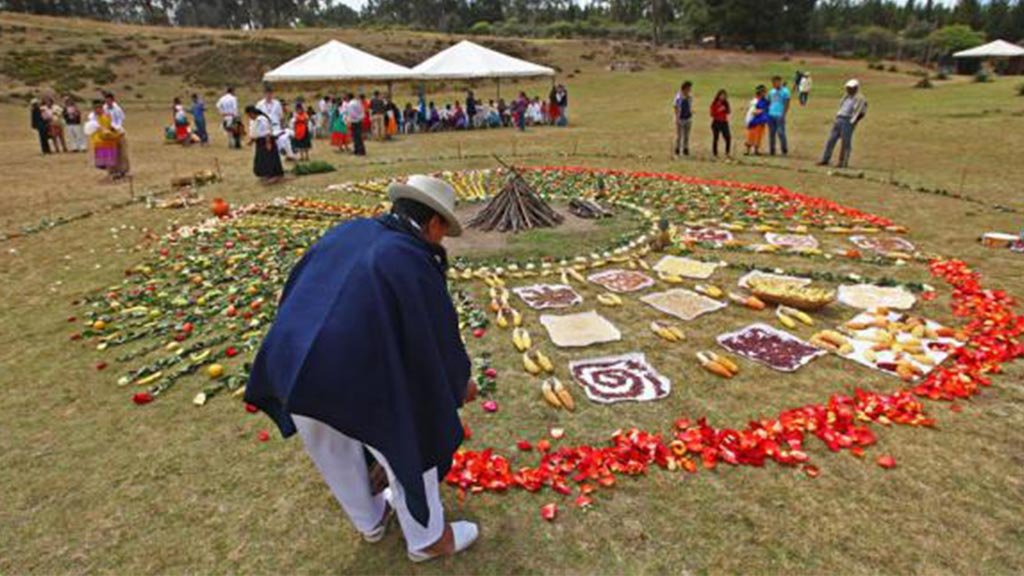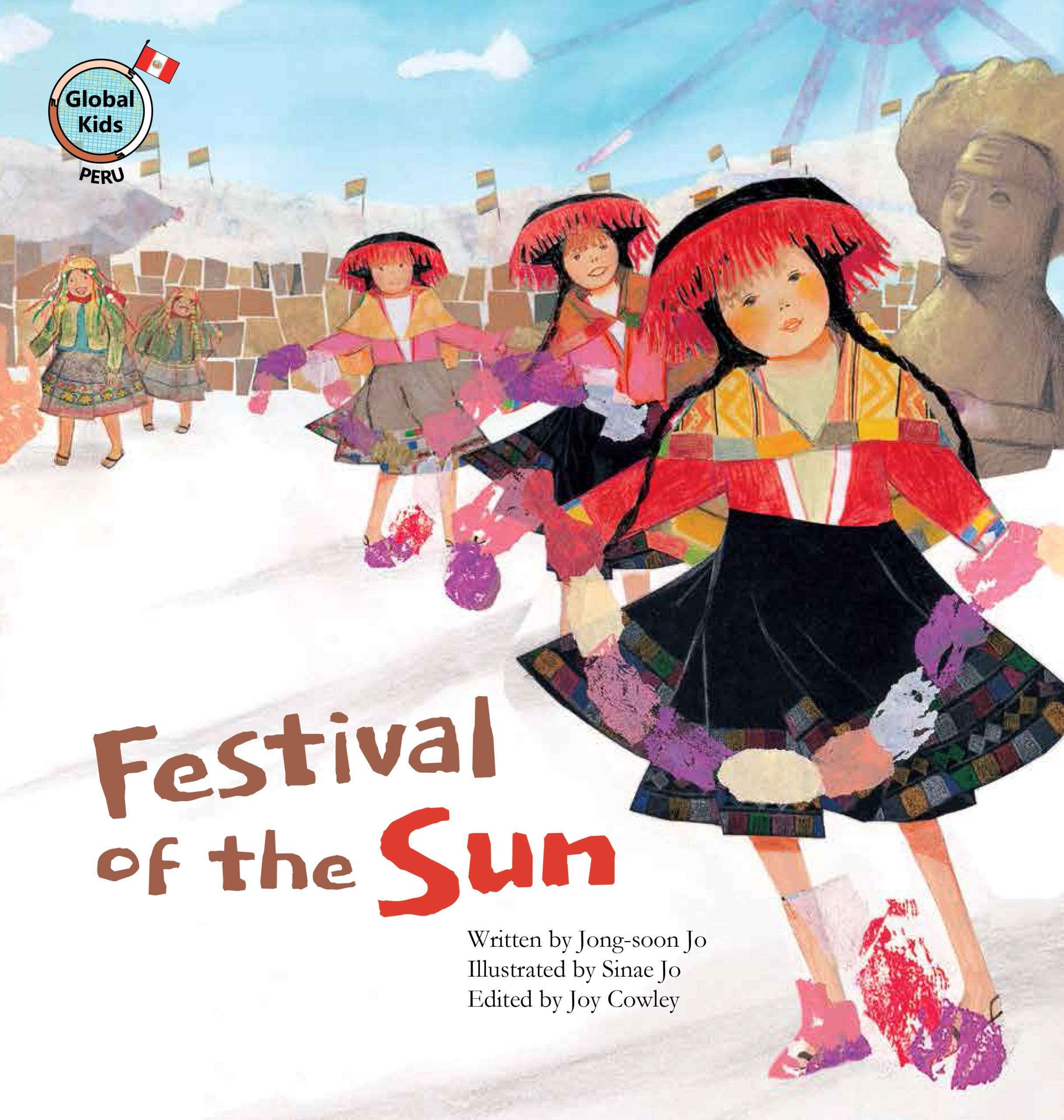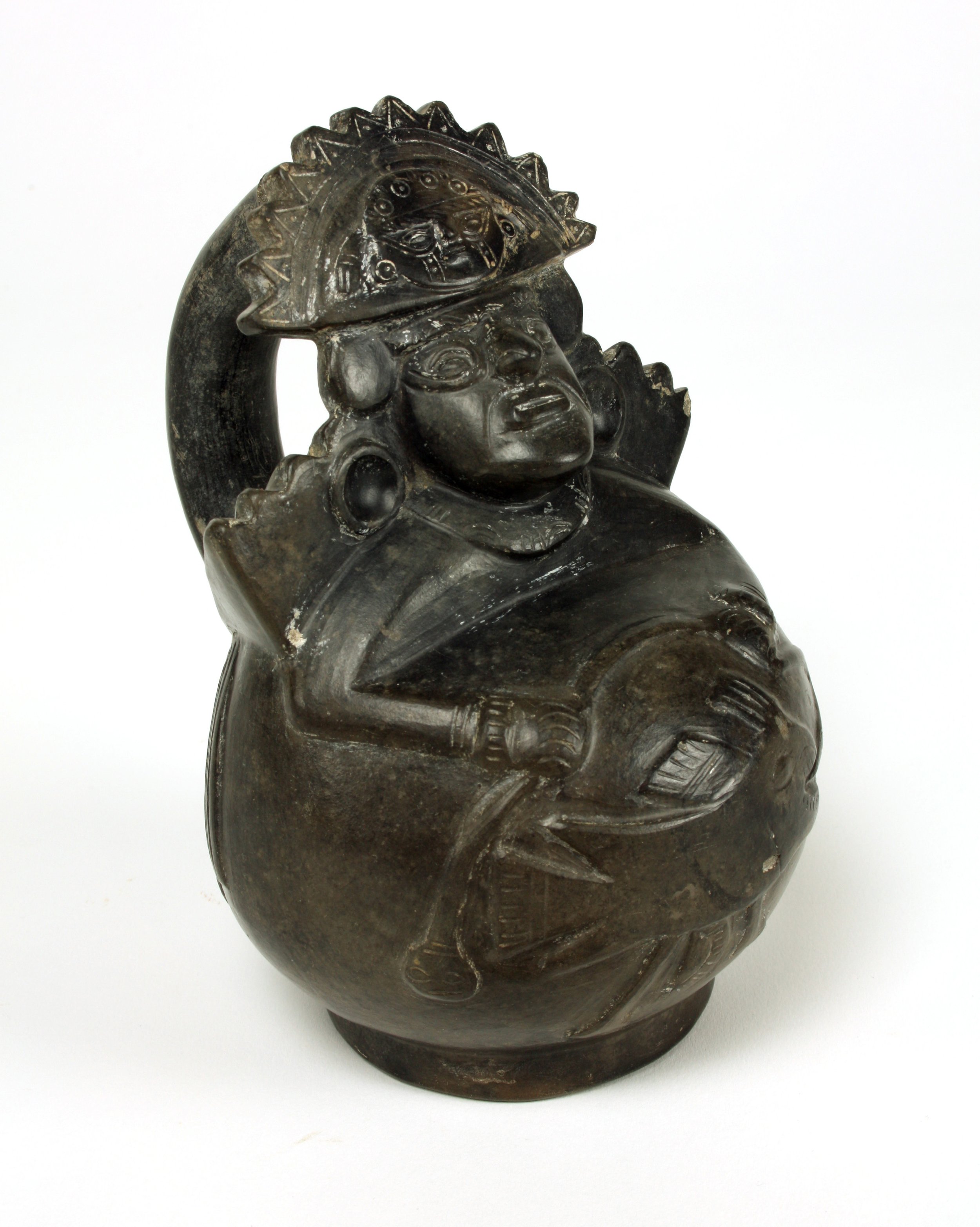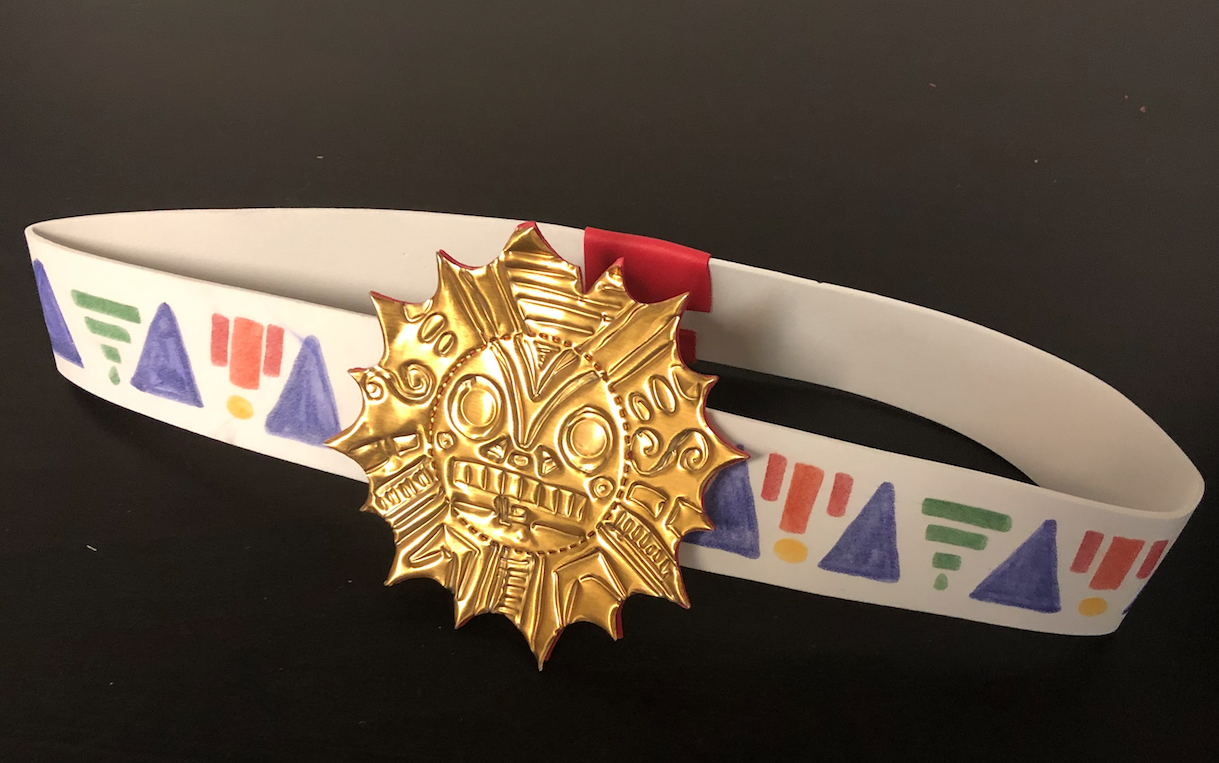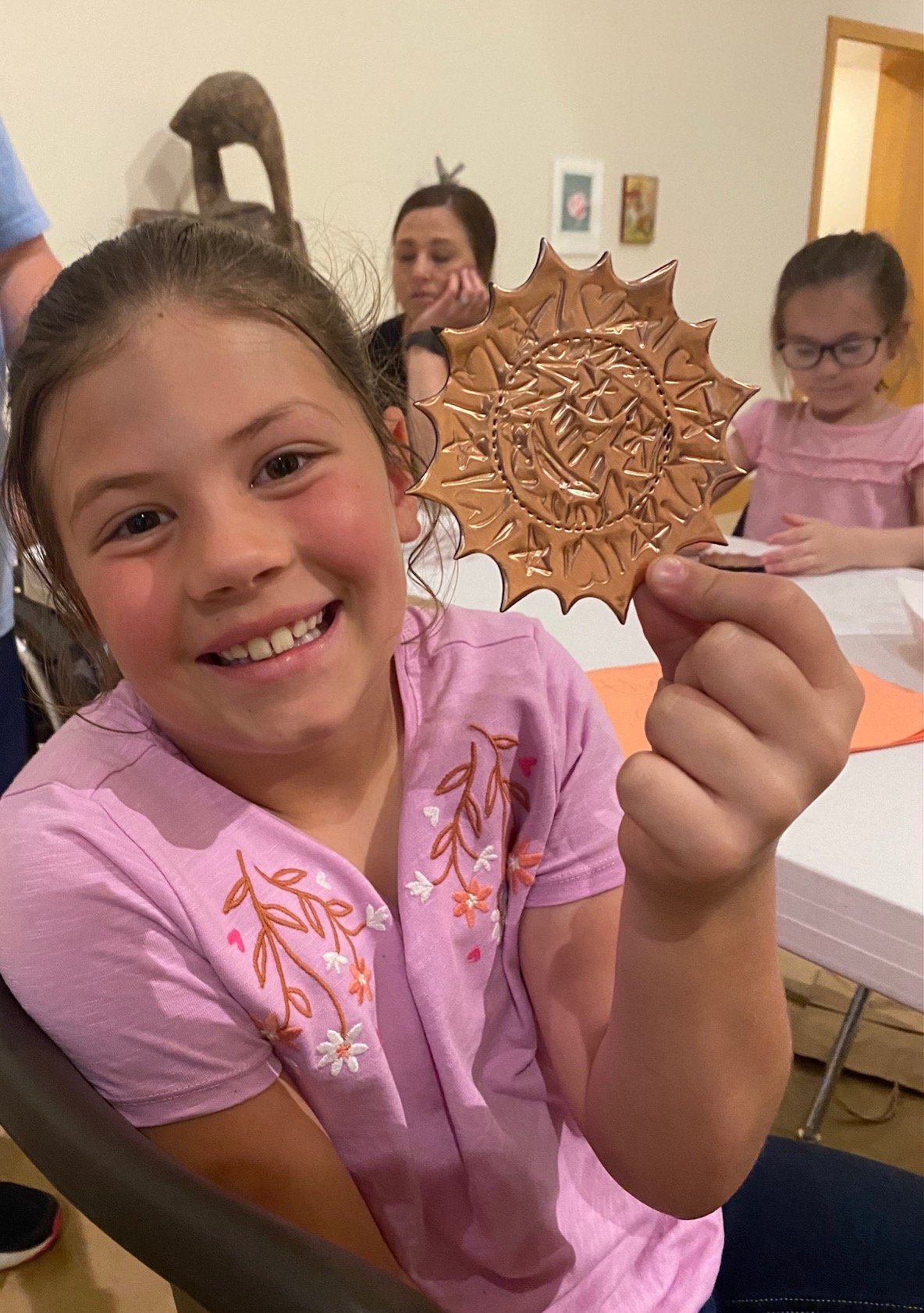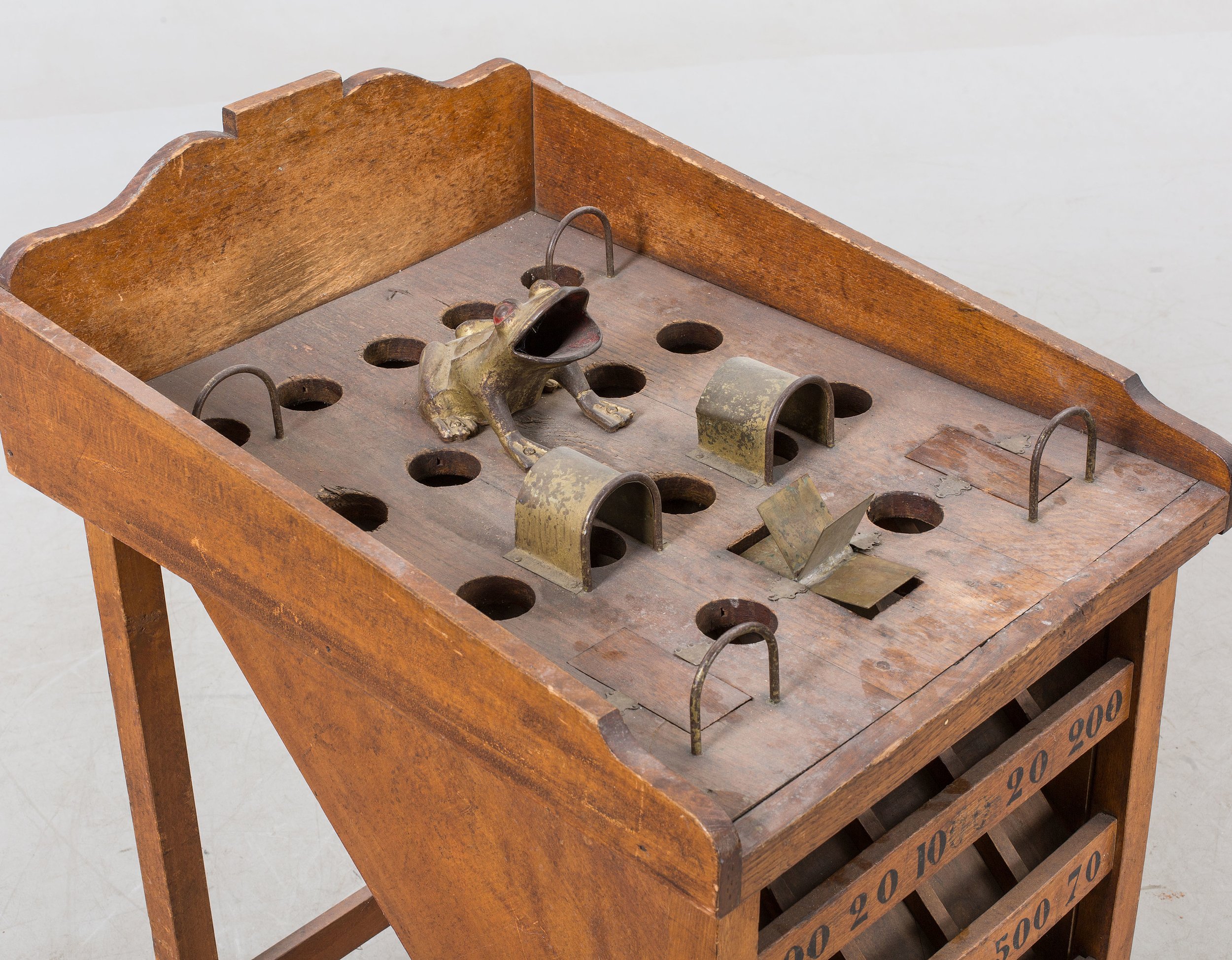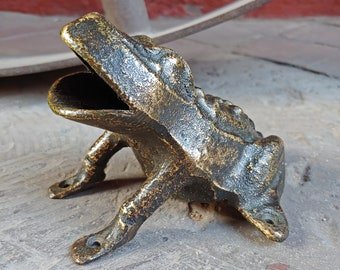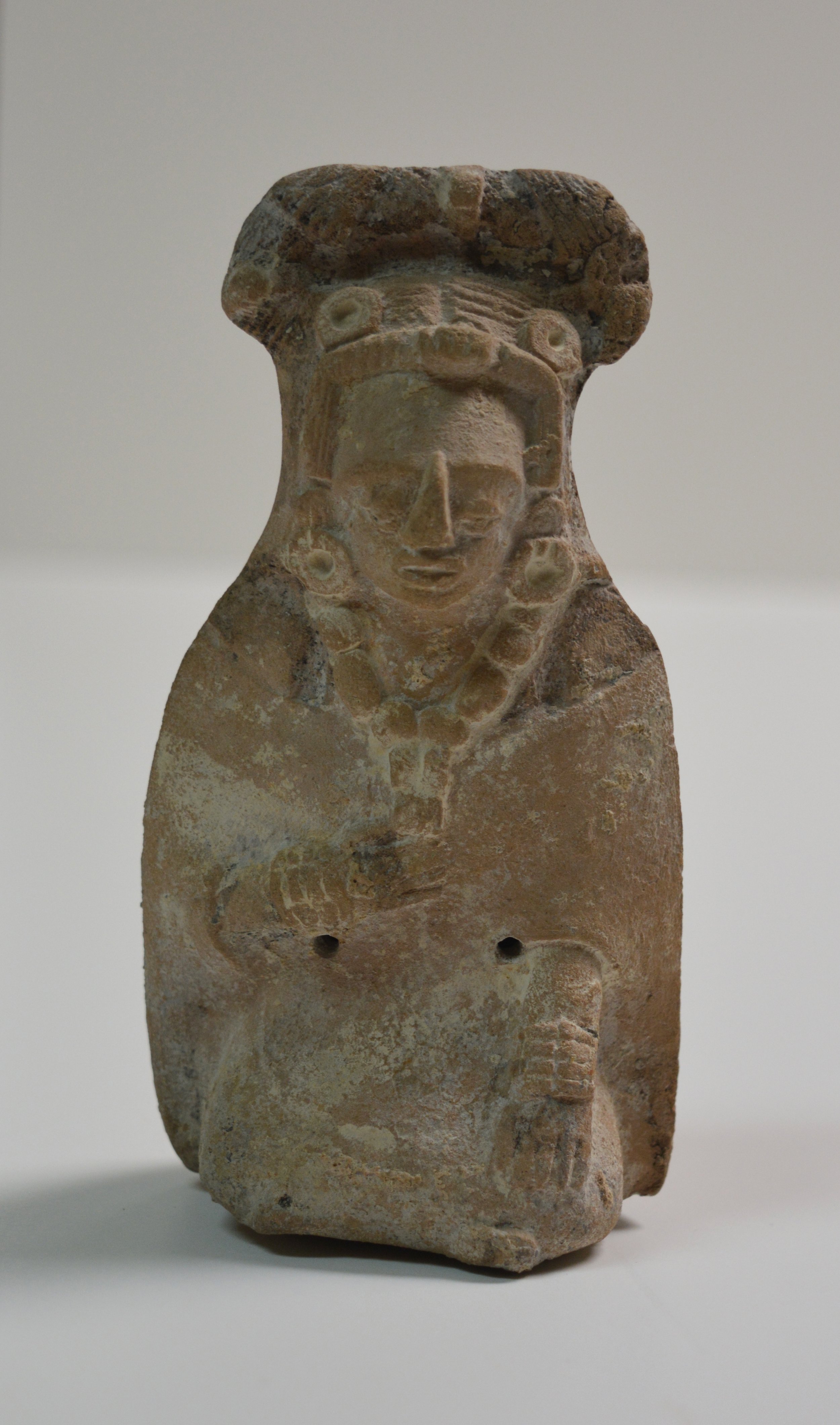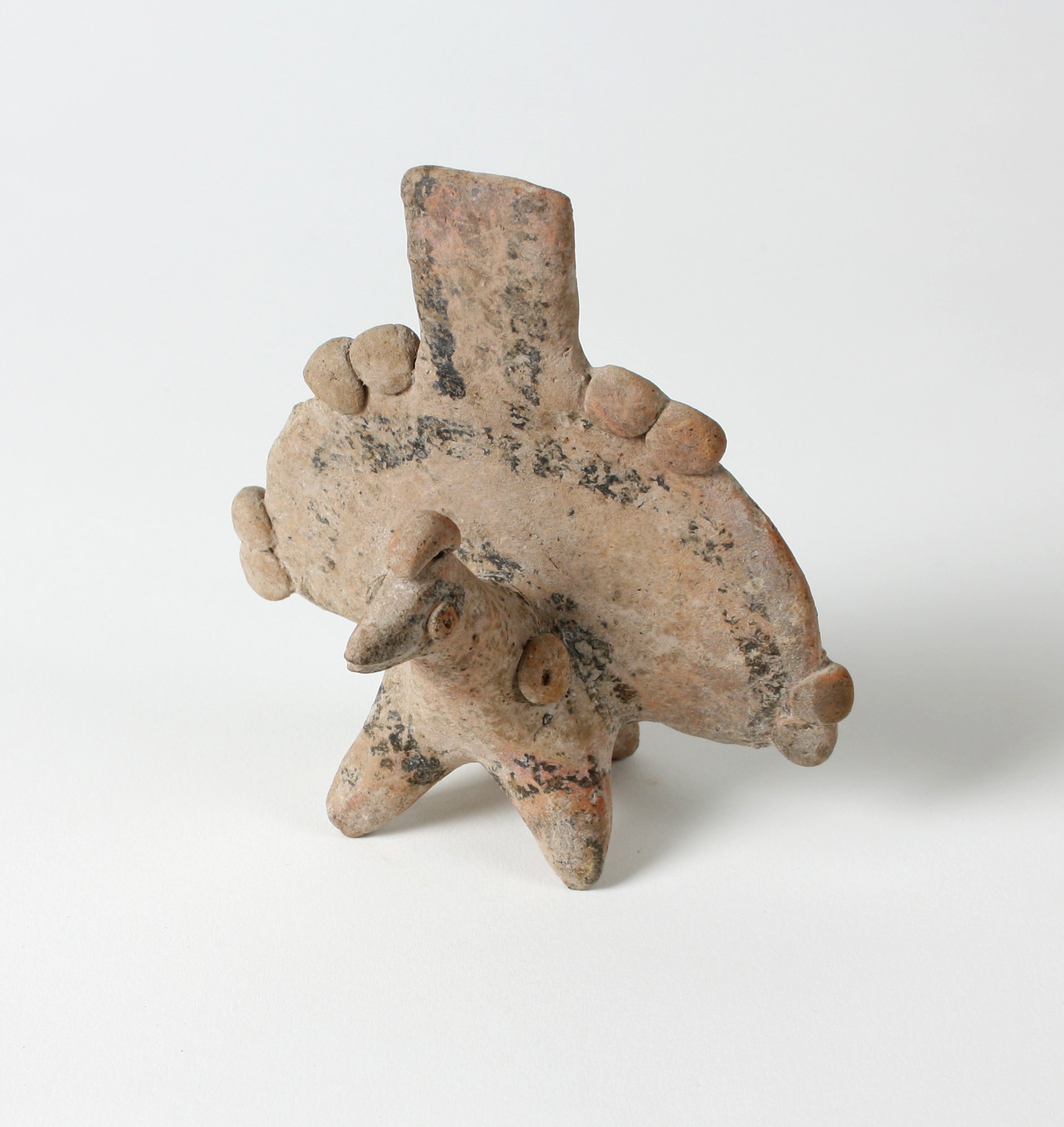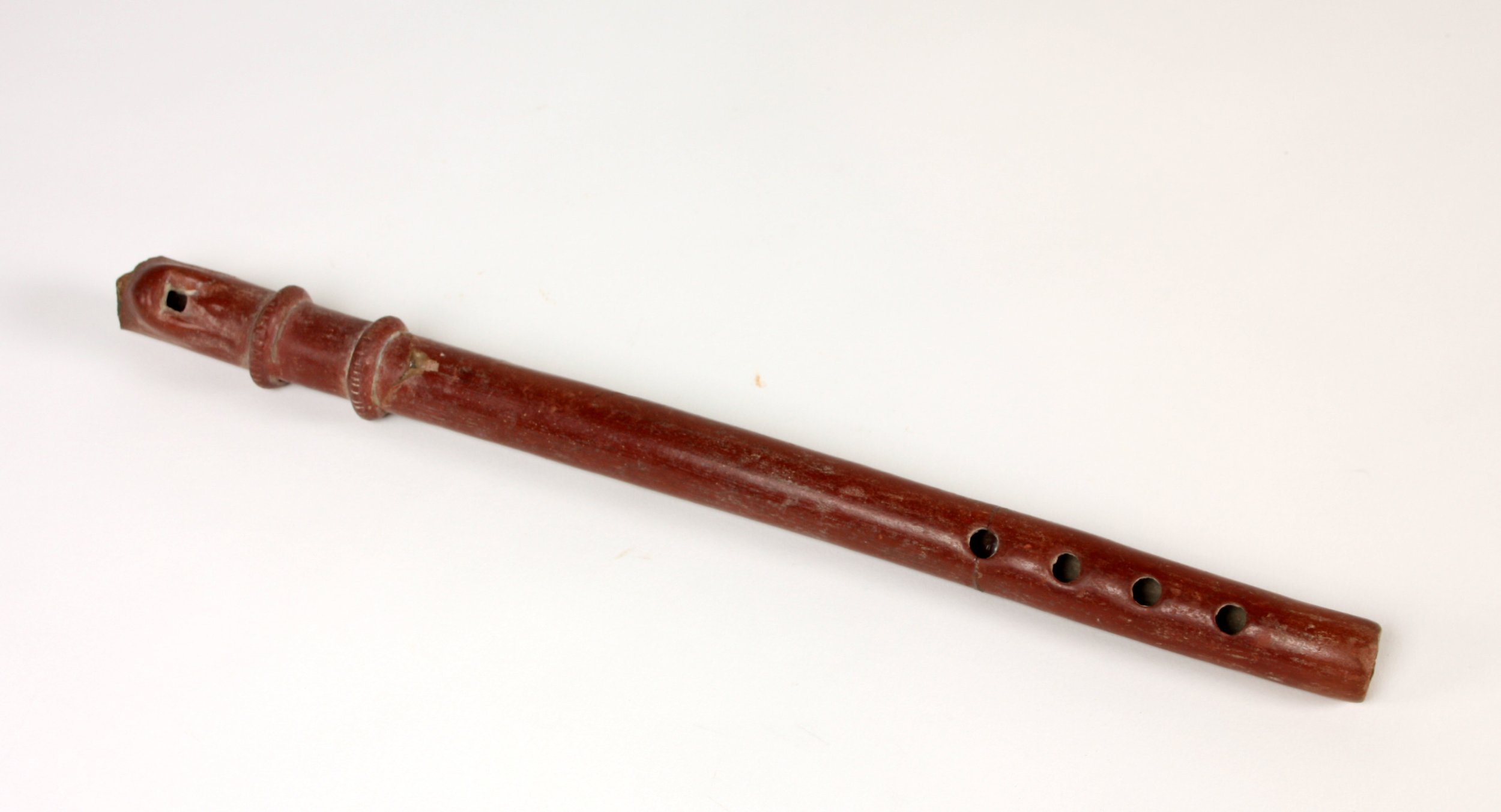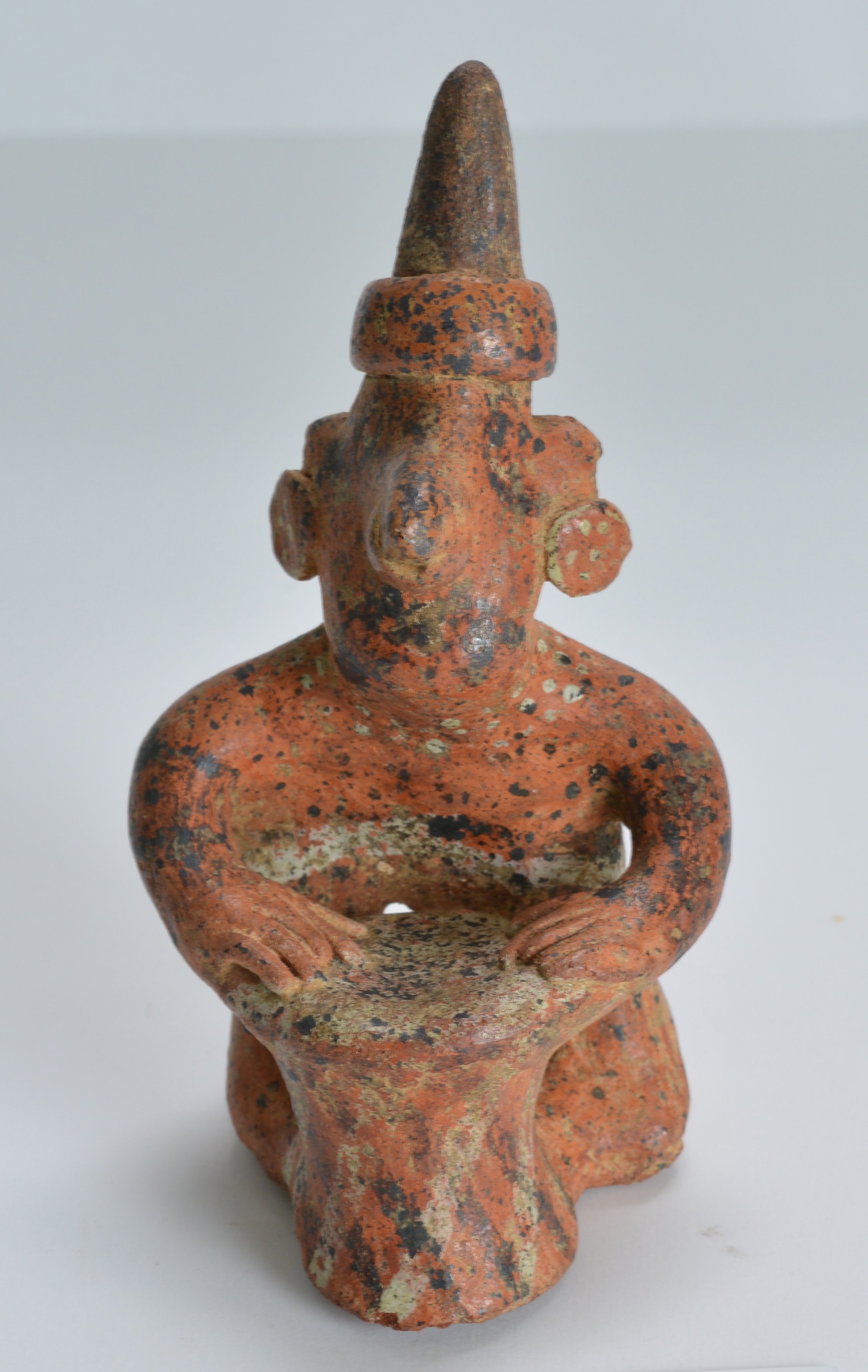The ceramic work below, titled “Standing Warrior with Spear,” captured my eye from the first time that I had the privilege of stepping into the museum vault. It is estimated to have been created by Jaliscan artisans between 100 BCE and 250 CE, making the figure around 2,000 years old. As I observed it closely, I felt absolutely awed by artifact so old yet successfully preserved!
This warrior stands 13in tall and 10in wide, is made out of hollow clay, and was painted red, black, and white, though these colors have not lasted as nearly as well as he himself has. He is standing at attention, legs spread wide on flat feet, ready to face any opponent. His torso is encircled by barrel armor, he is wearing a crested bucket-type helmet, ear spools with a black geometric design, and grasping his spear in front of him. He has a prominent pointed nose, and bulging eyes that you can’t help but to meet.
Before being acquired by the OJAC, this piece belonged to Jules Berman. Berman was a real estate developer and liquor importer, nicknamed “Mr. Kahlua” because he was the first to import the liquor Kahlua into the United States in 1962. Berman also became enthralled with collecting pre-Columbian clay and stone figures from Mexico around this time, and opted to include pictures of these figures in his advertisements for Kahlua. Thus, his collection of artifacts became known as the “Kahlua Collection.” This particular piece was later sold to collector William O. Gross, Jr. through the Neiman Marcus in Dallas, Texas.
Gross began his collection when he was just 10 years old with a spindle whorl that his father brought back to him from a trip to Mexico. He was an avid collector throughout his life, and by the time he came in contact with the OJAC he had acquired over 200 artifacts. Gross made his first gift to the OJAC in 1986, giving the Standing Warrior along with 87 other artifacts from his collection. Gross continued to regularly gift pieces from his collection to the OJAC for the rest of his life, giving a final 17 pieces in 1997. In total, Gross gave 208 pieces, which represent most Meso-American indegenous cultures.
The Standing Warrior has now been in the OJAC’s collection for 36 years, which still only accounts for less than 2% of its existence.
Catherine Shewmaker
Fall Museum Studies Intern
JALISCO, Standing Warrior with Spear, 100 BCE - 250 CE, ceramic with traces of pigment. Gift of William O. Gross Jr. 1986.062




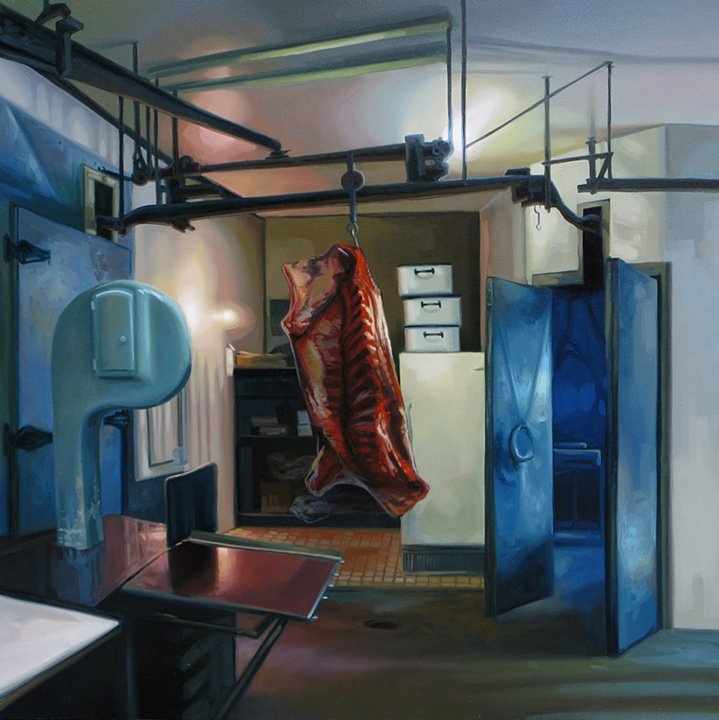
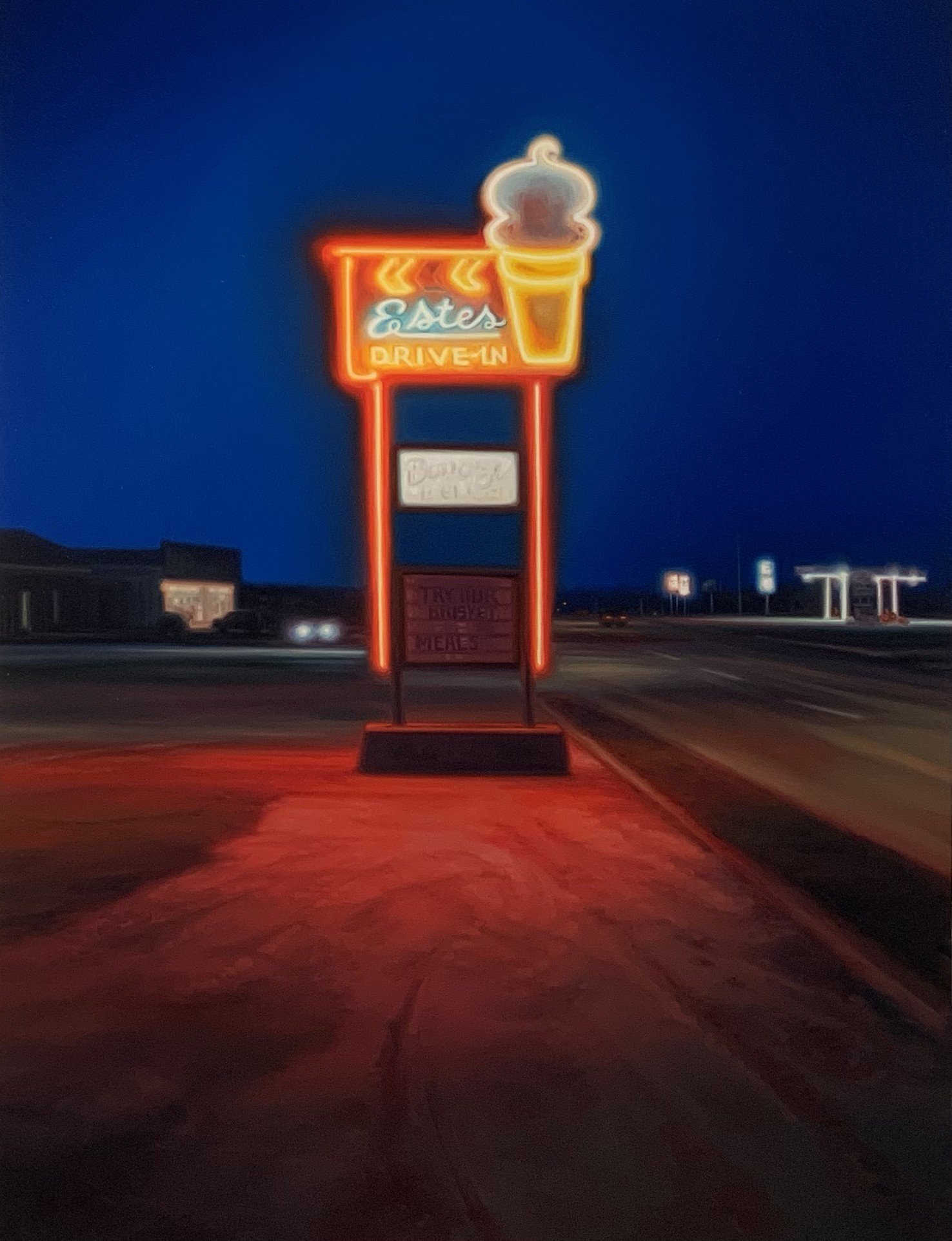
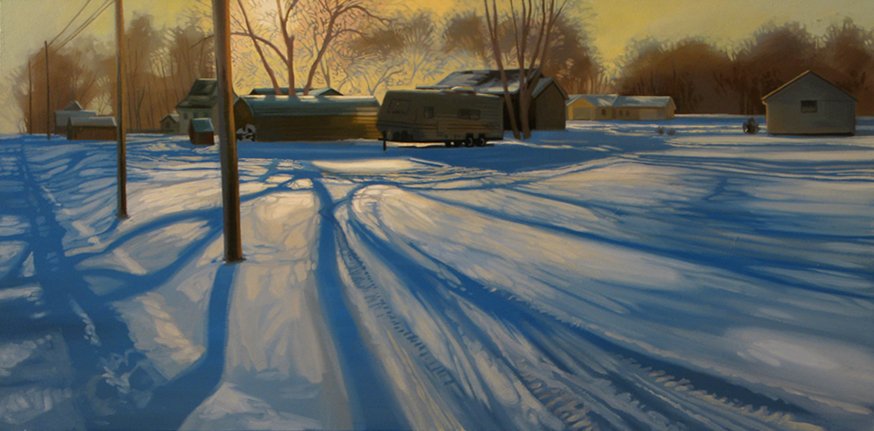
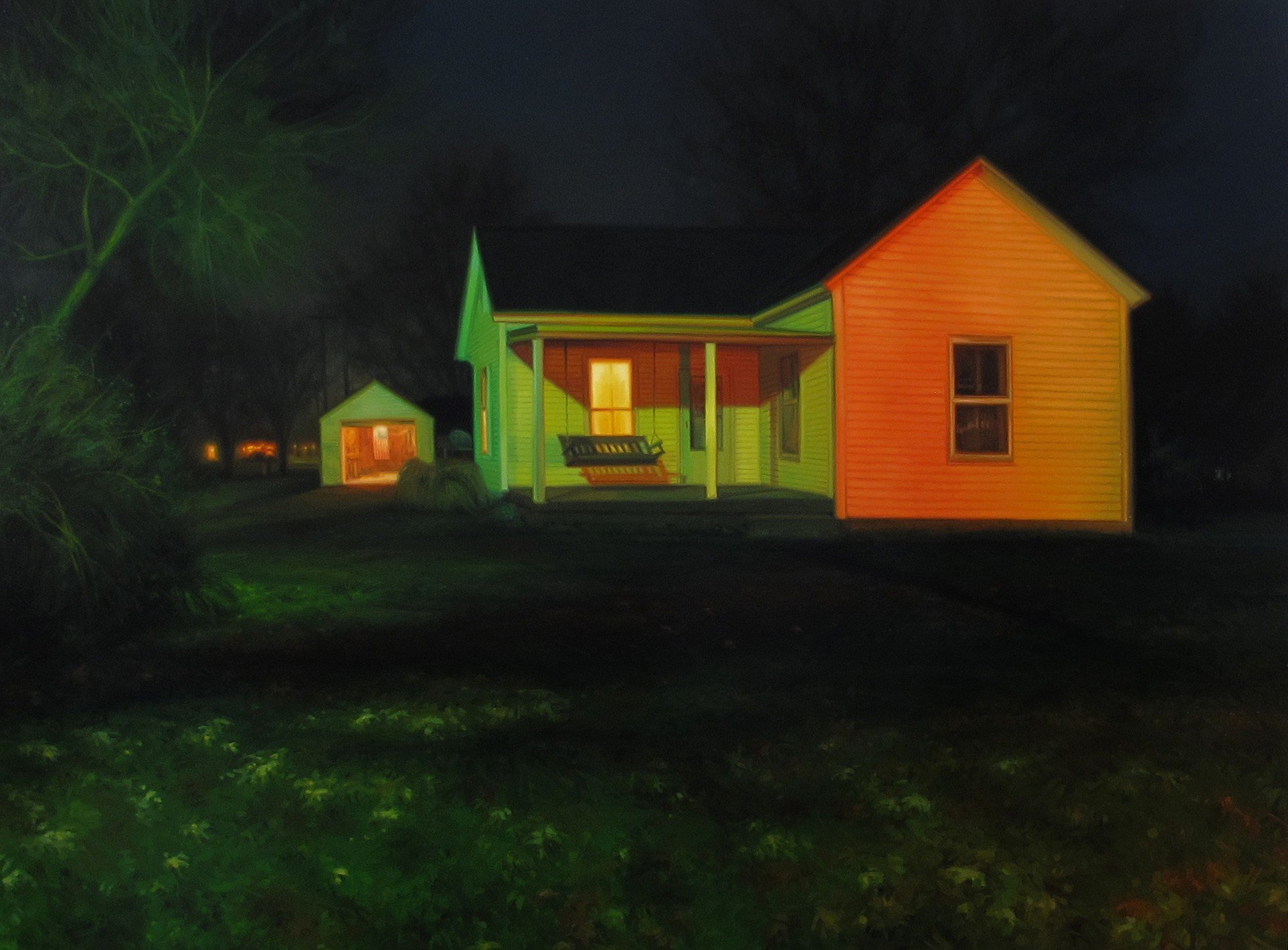

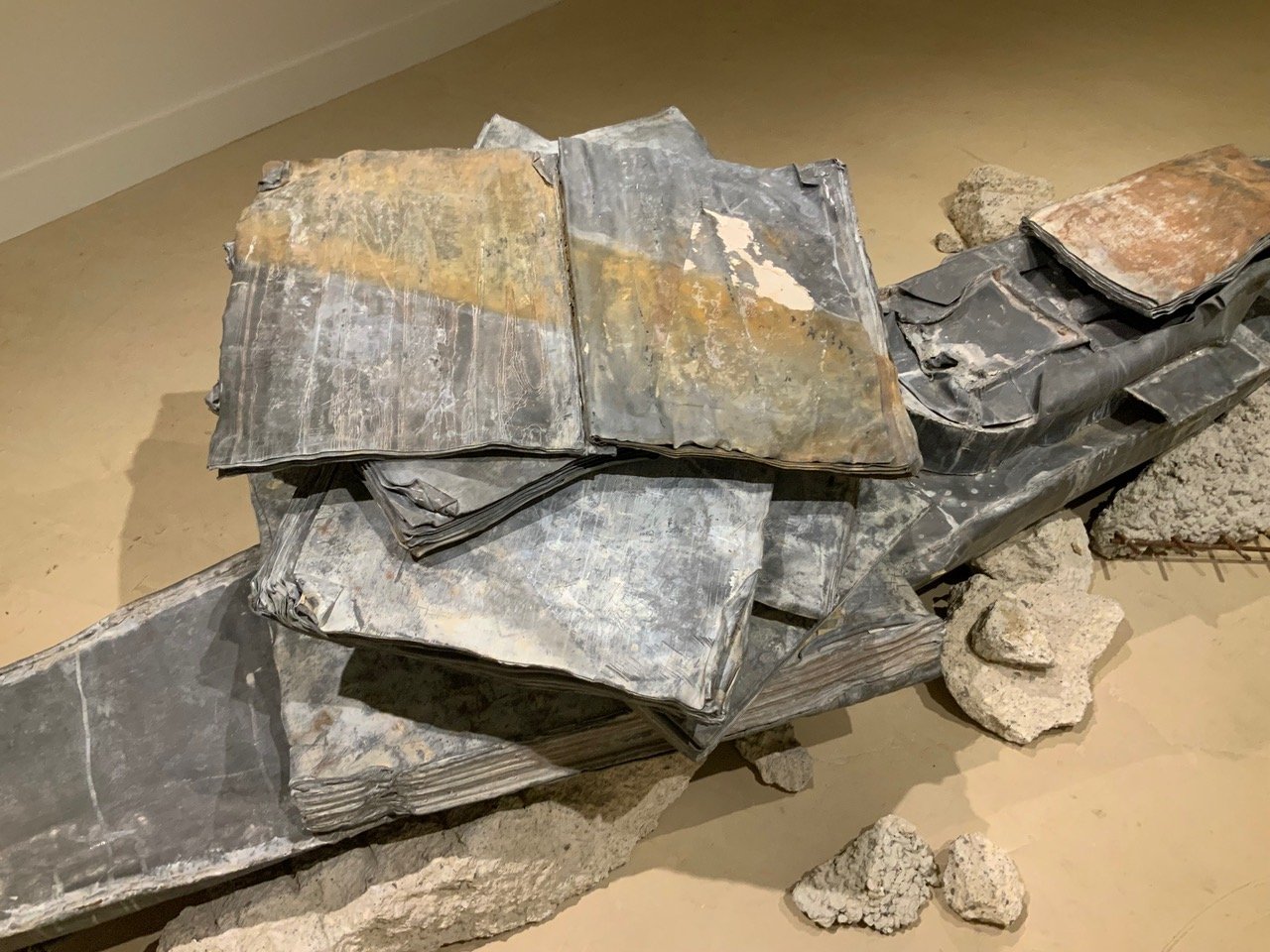



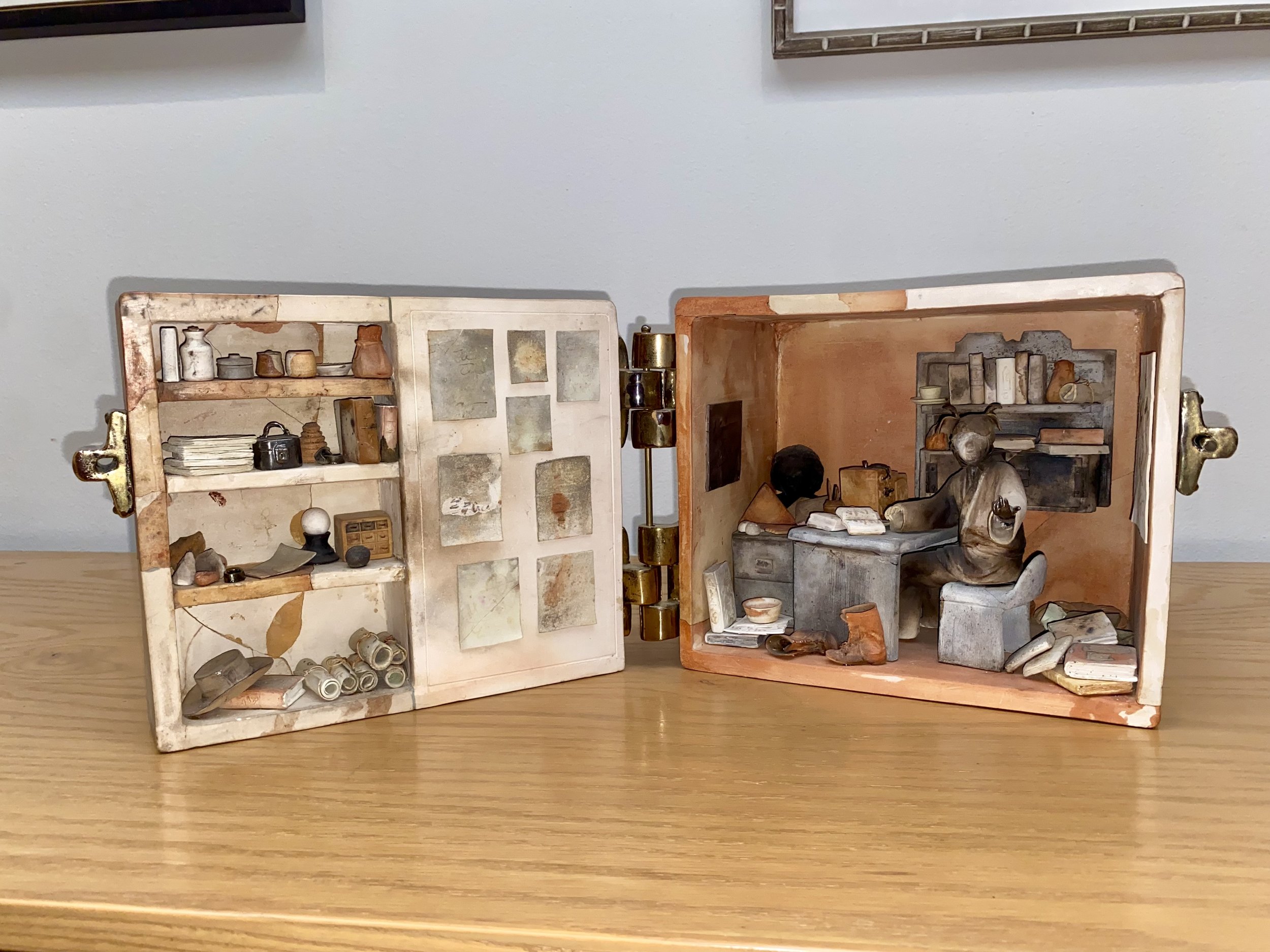
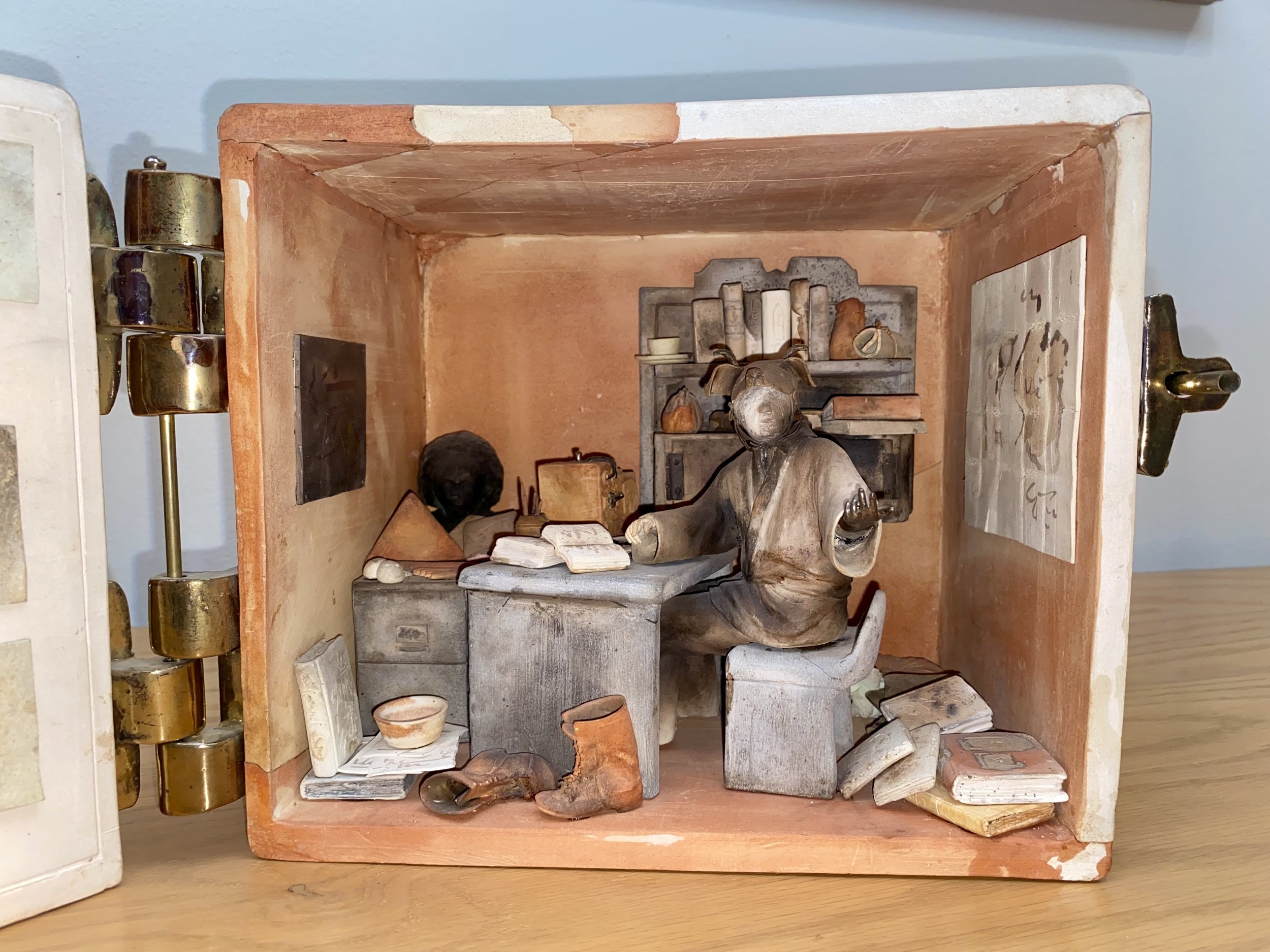


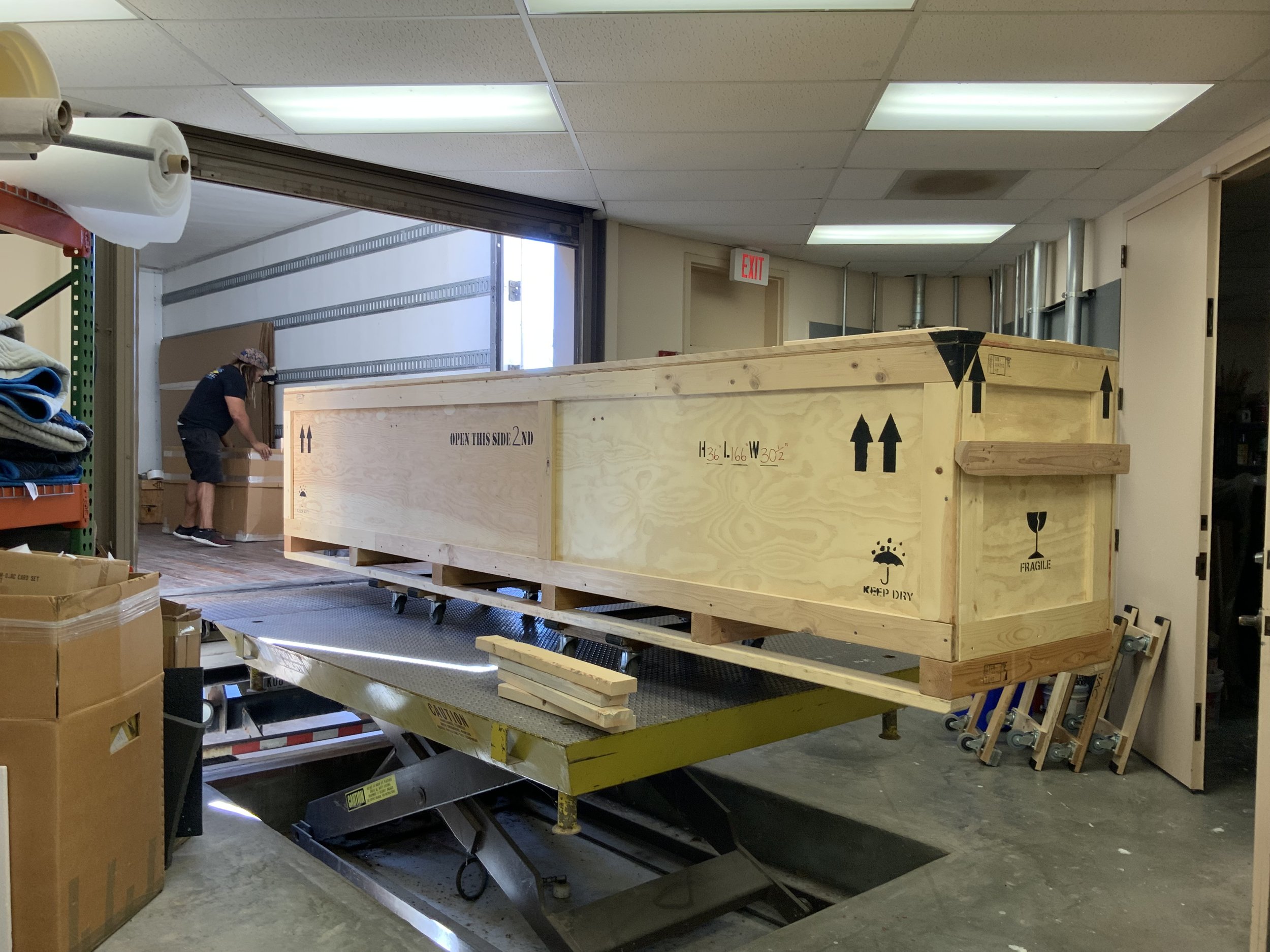
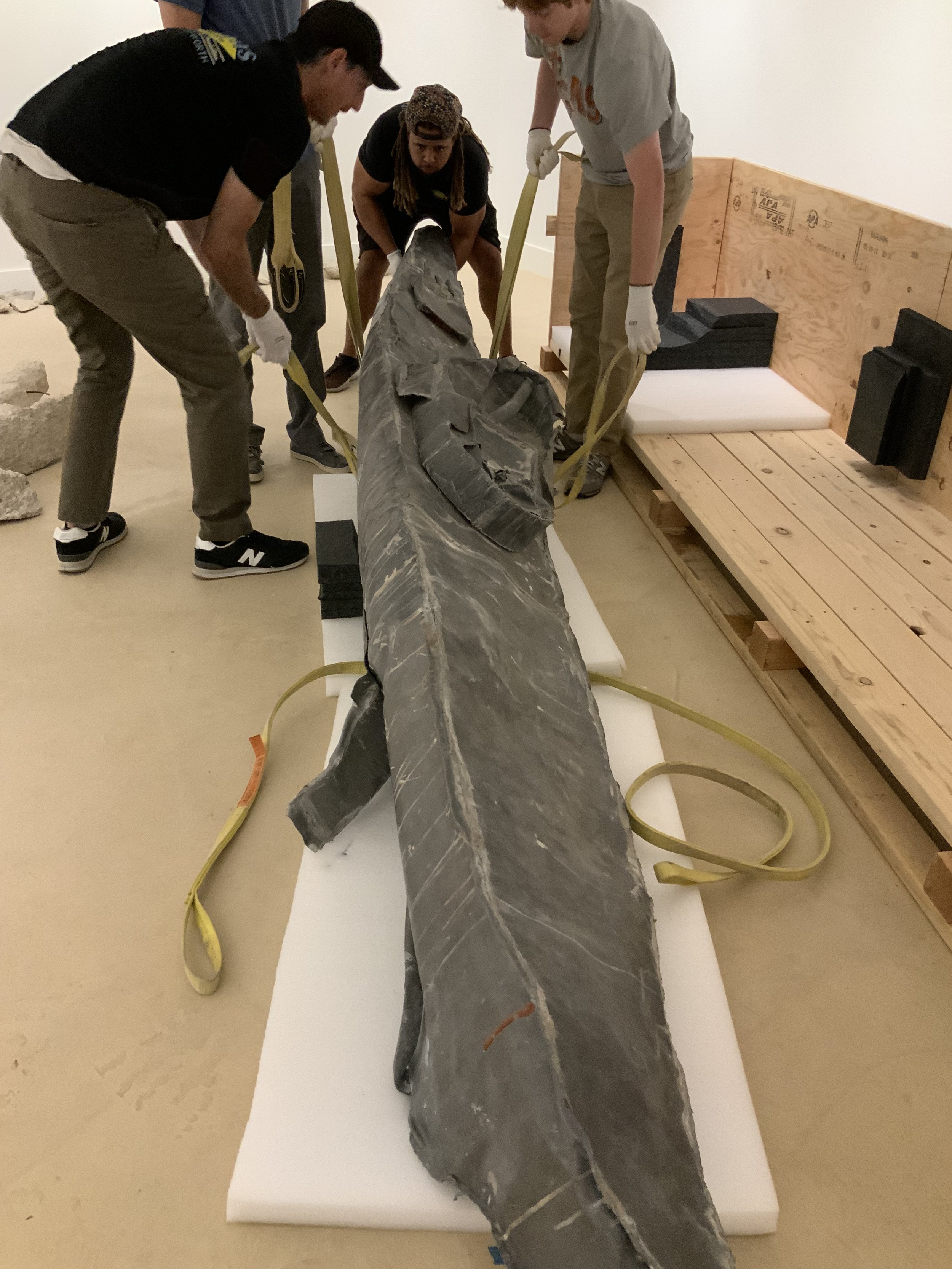
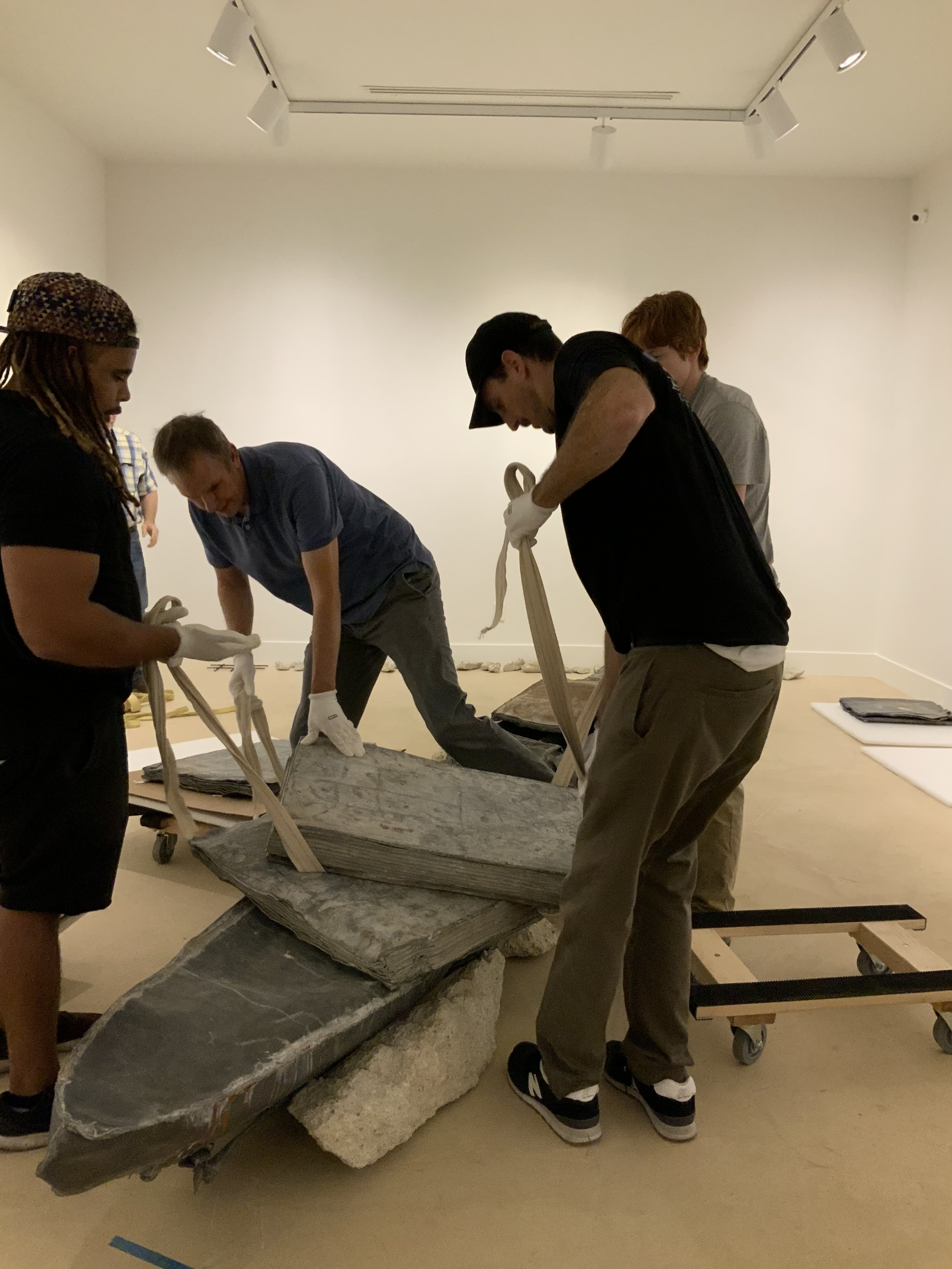

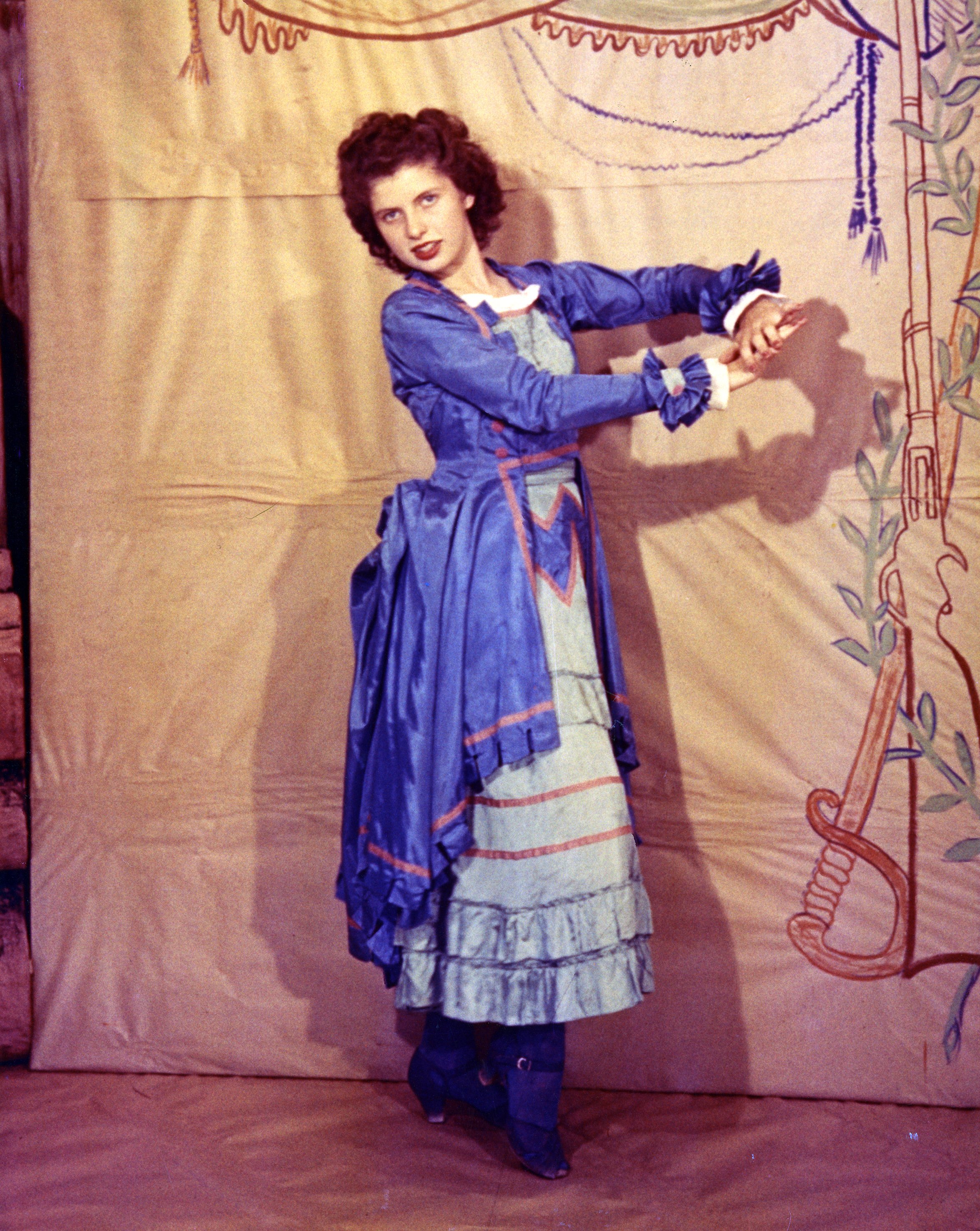
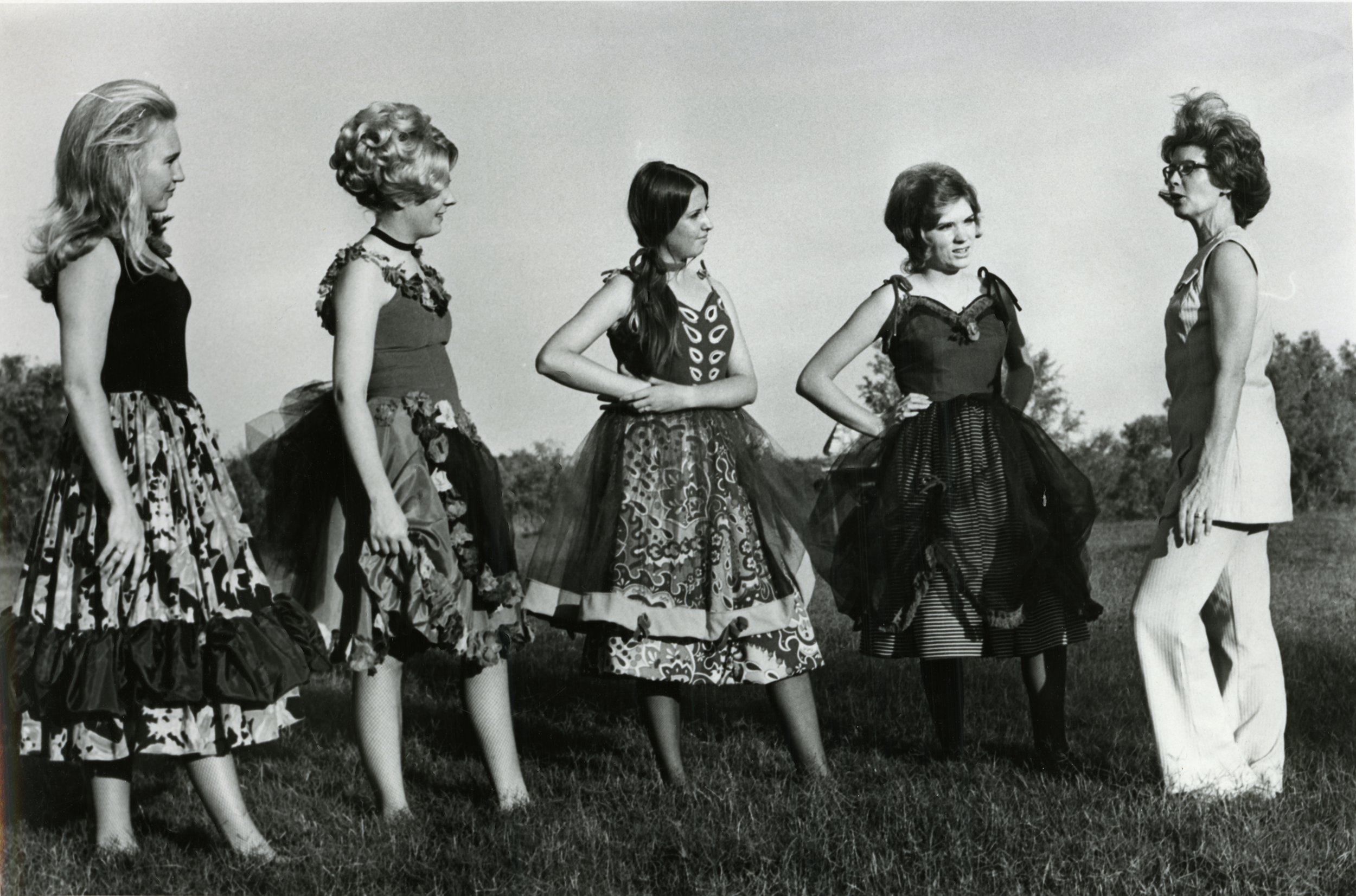
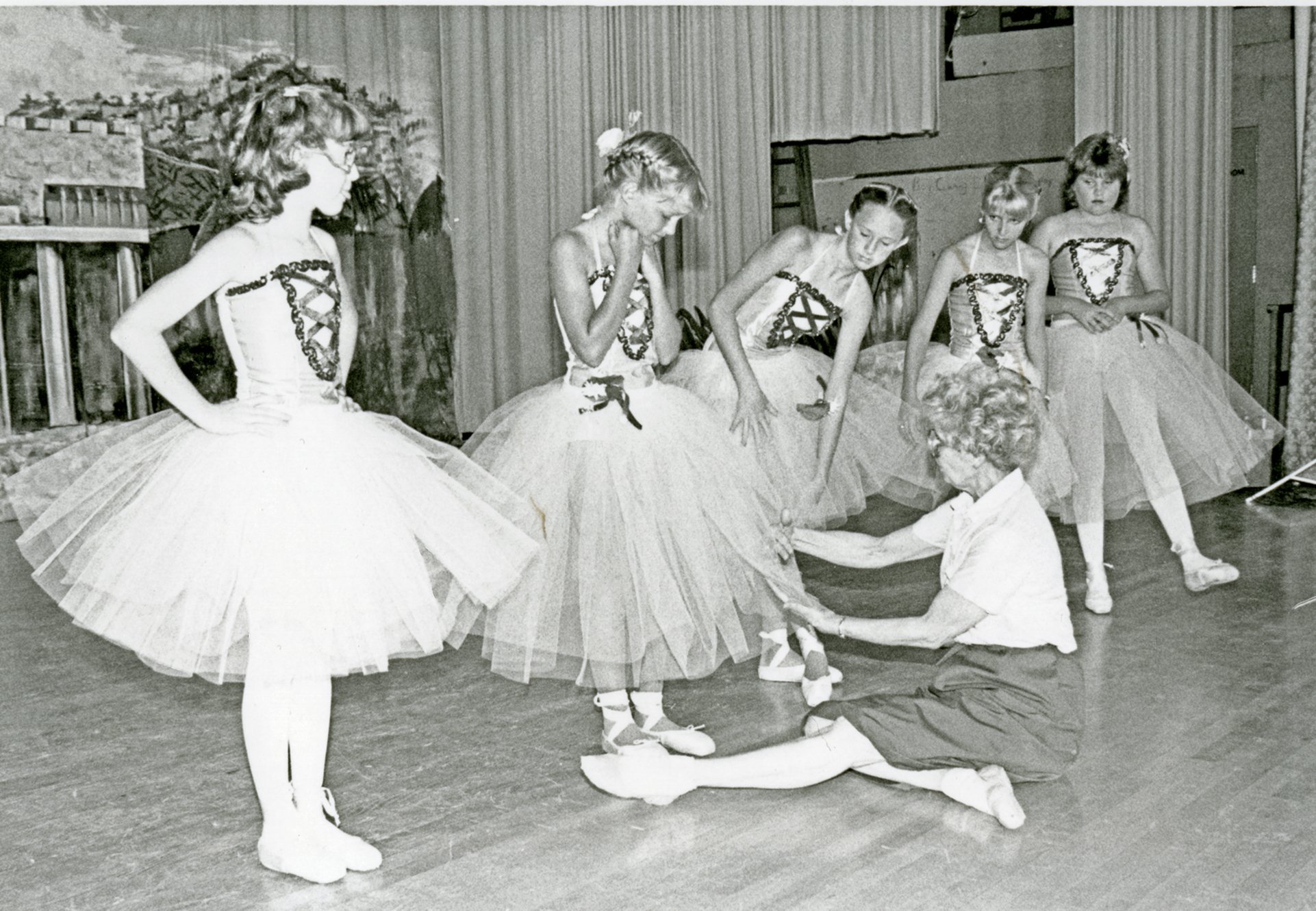
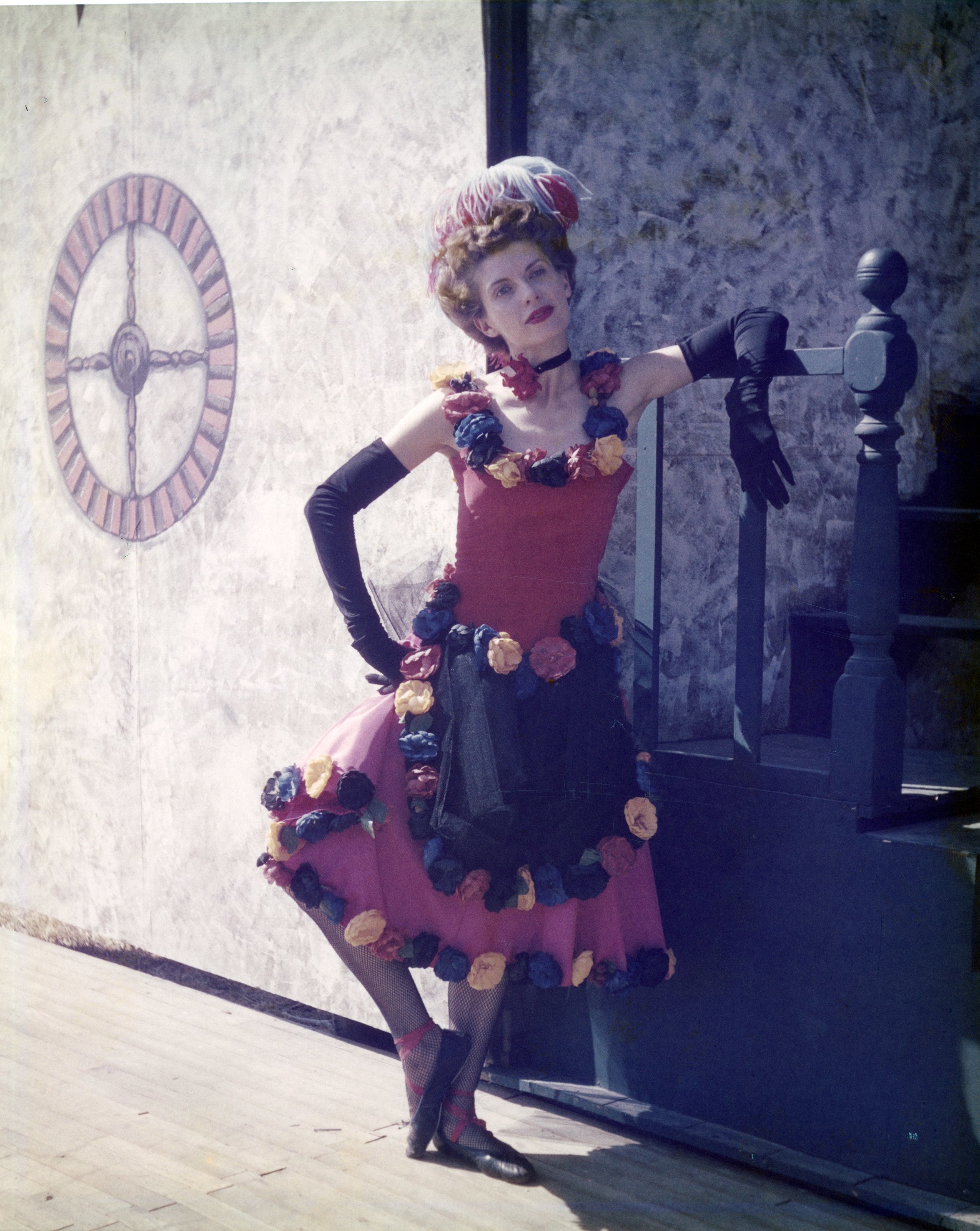
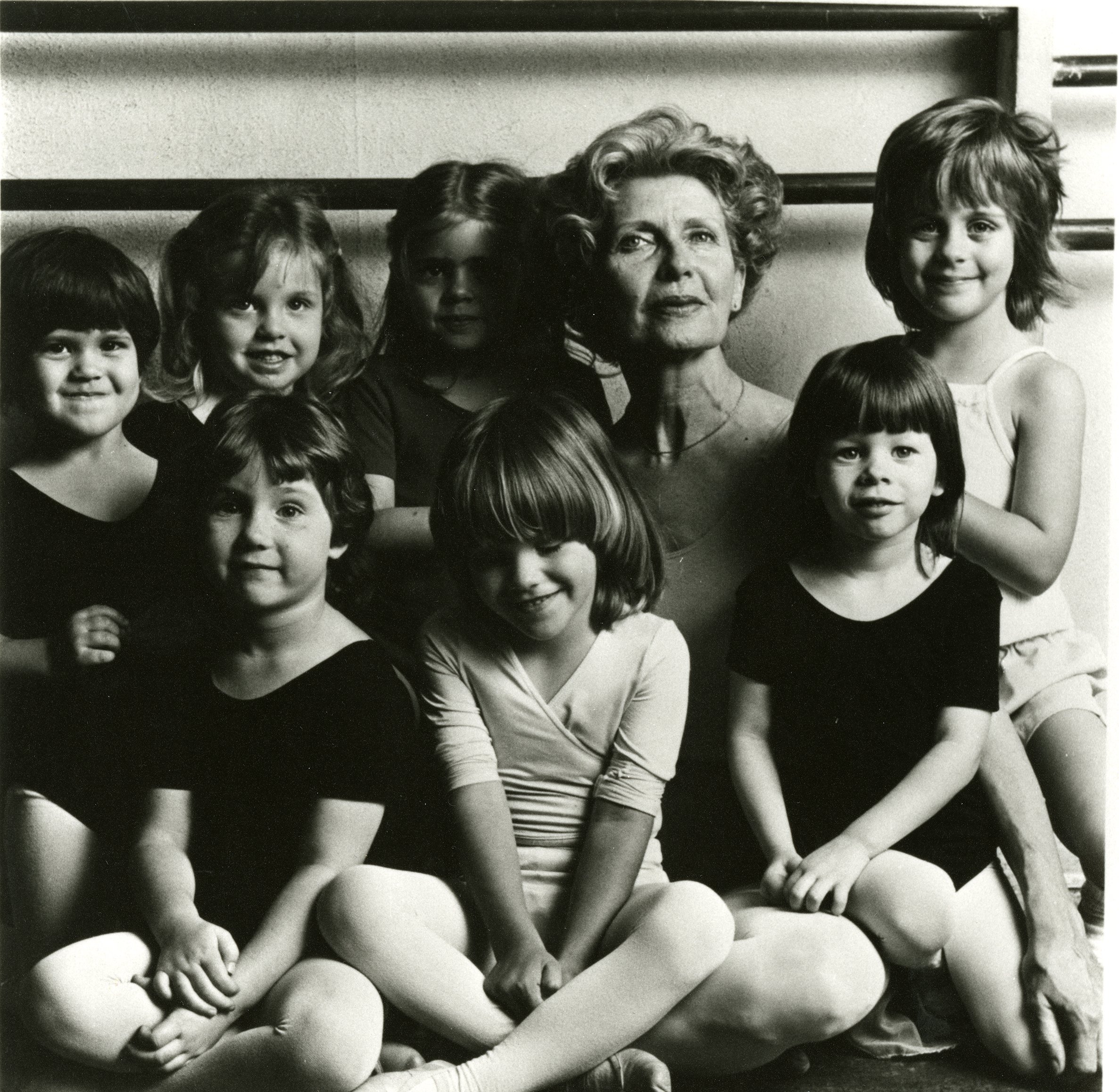


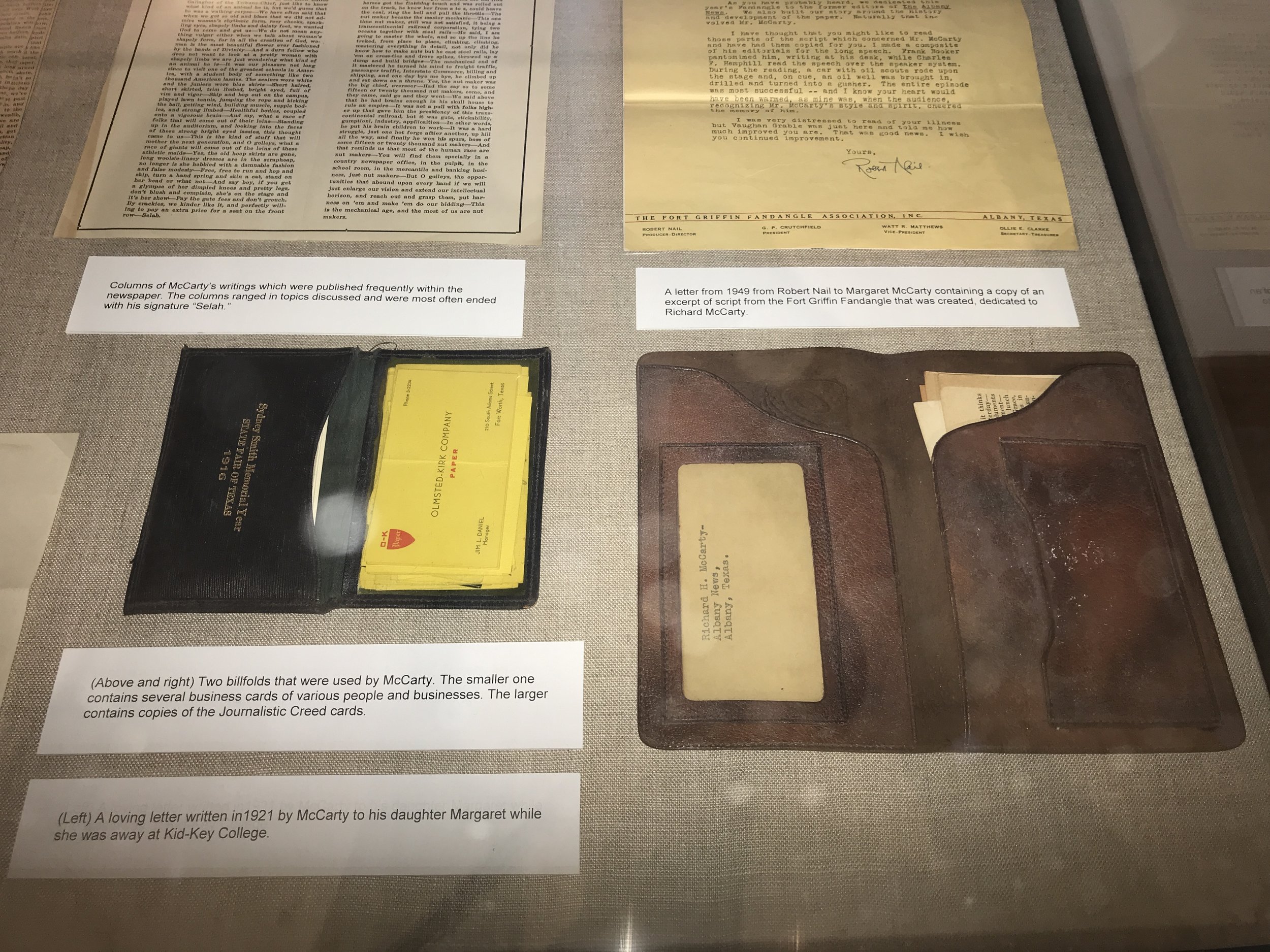
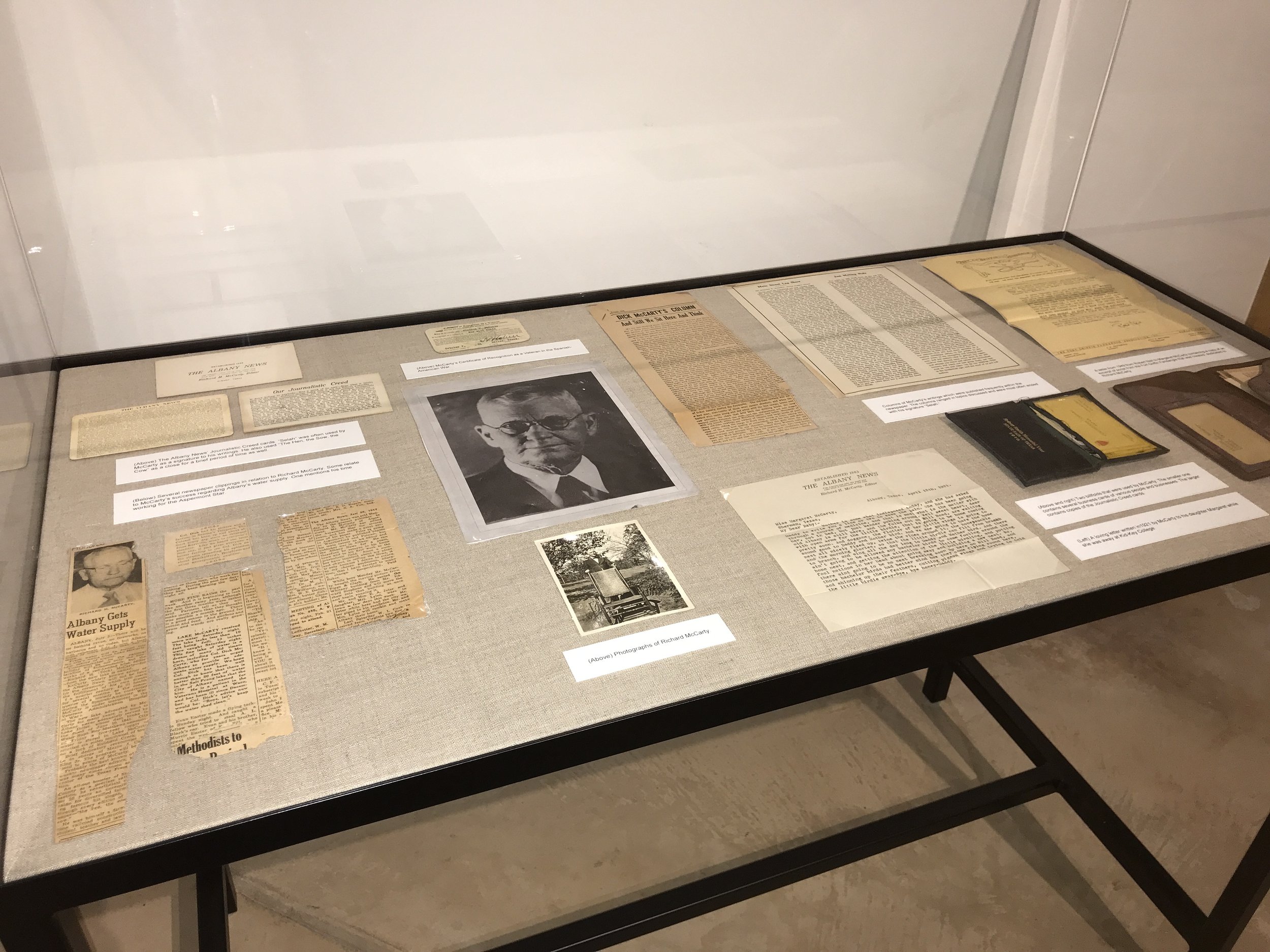
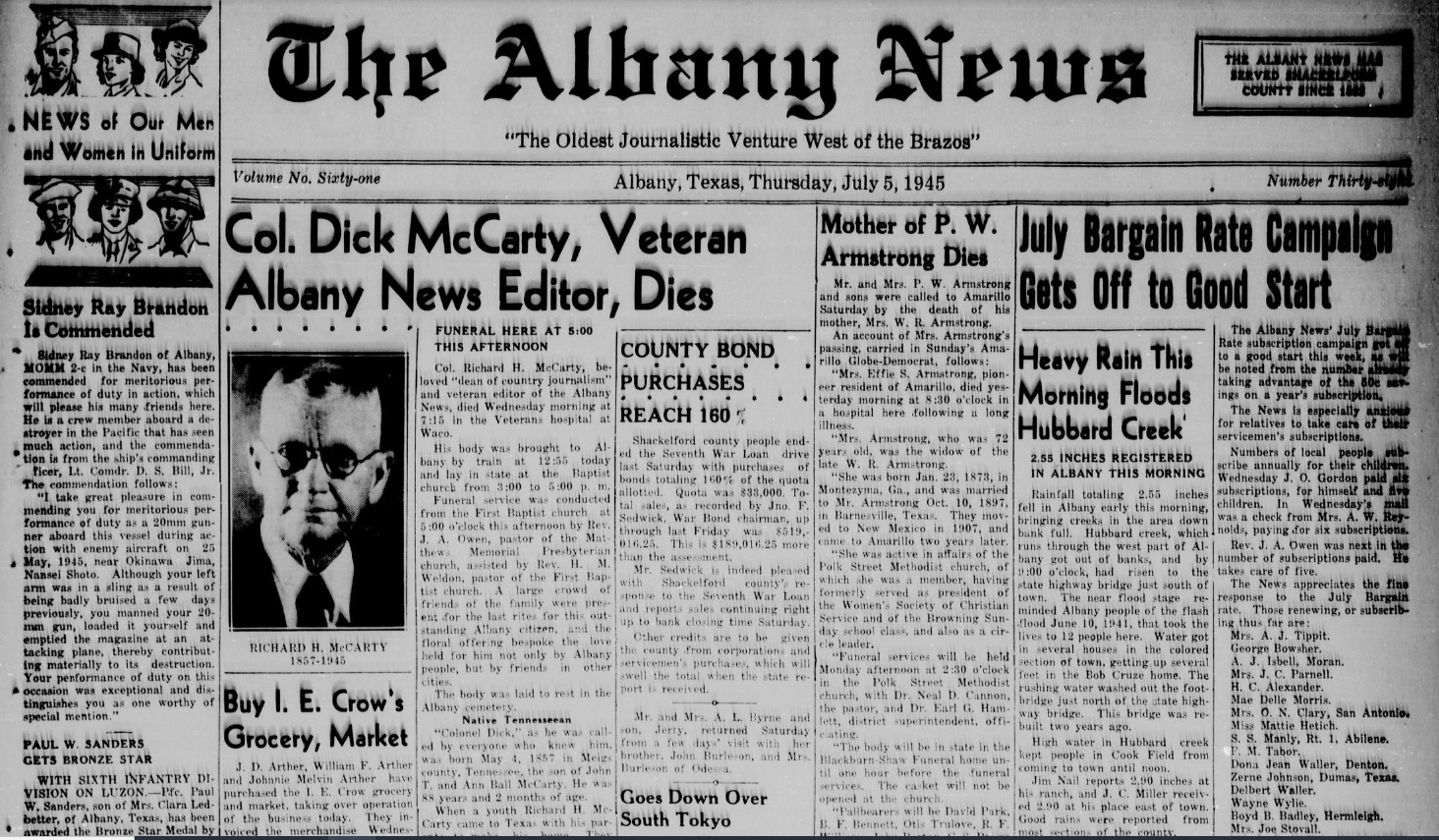

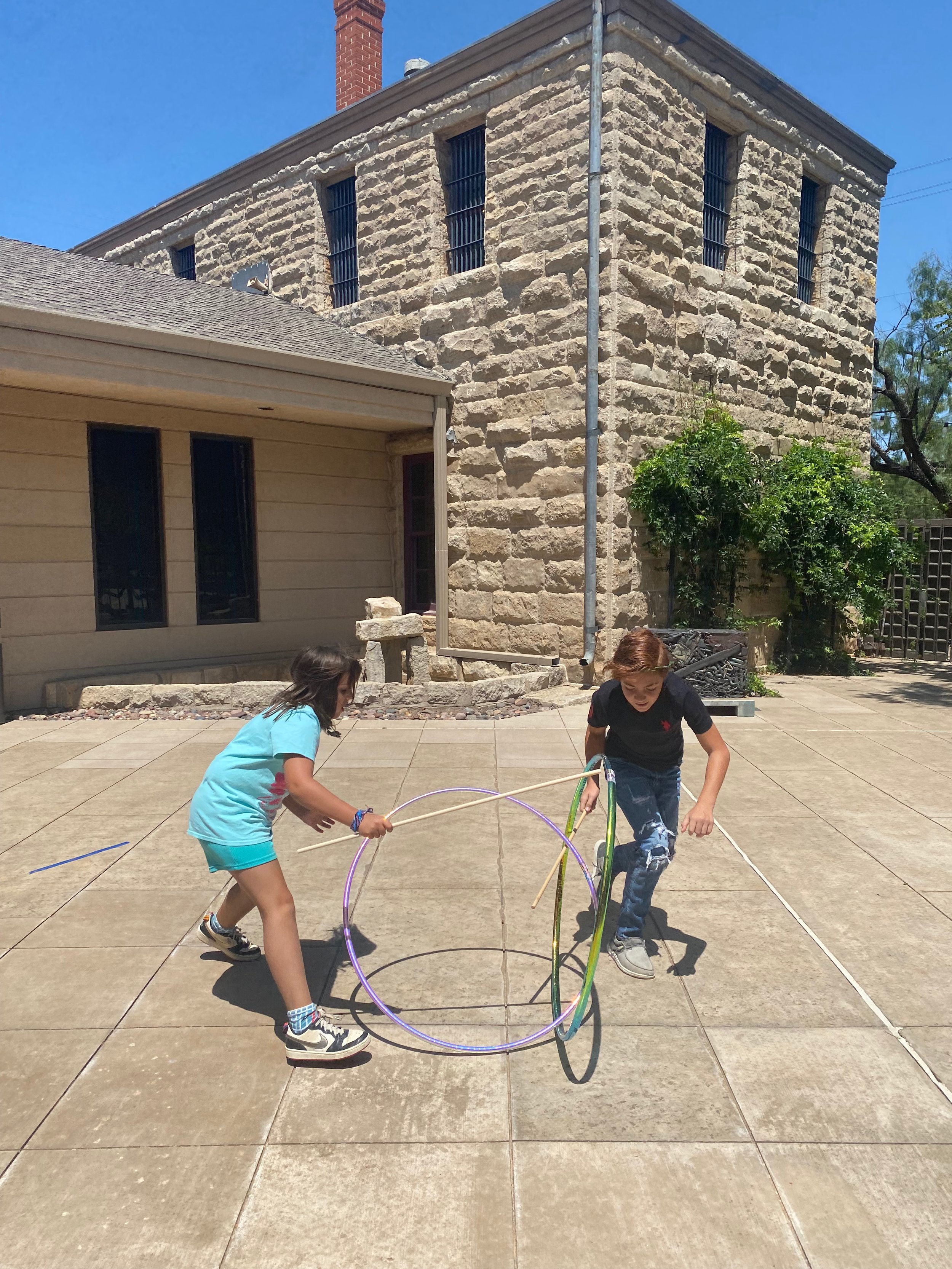
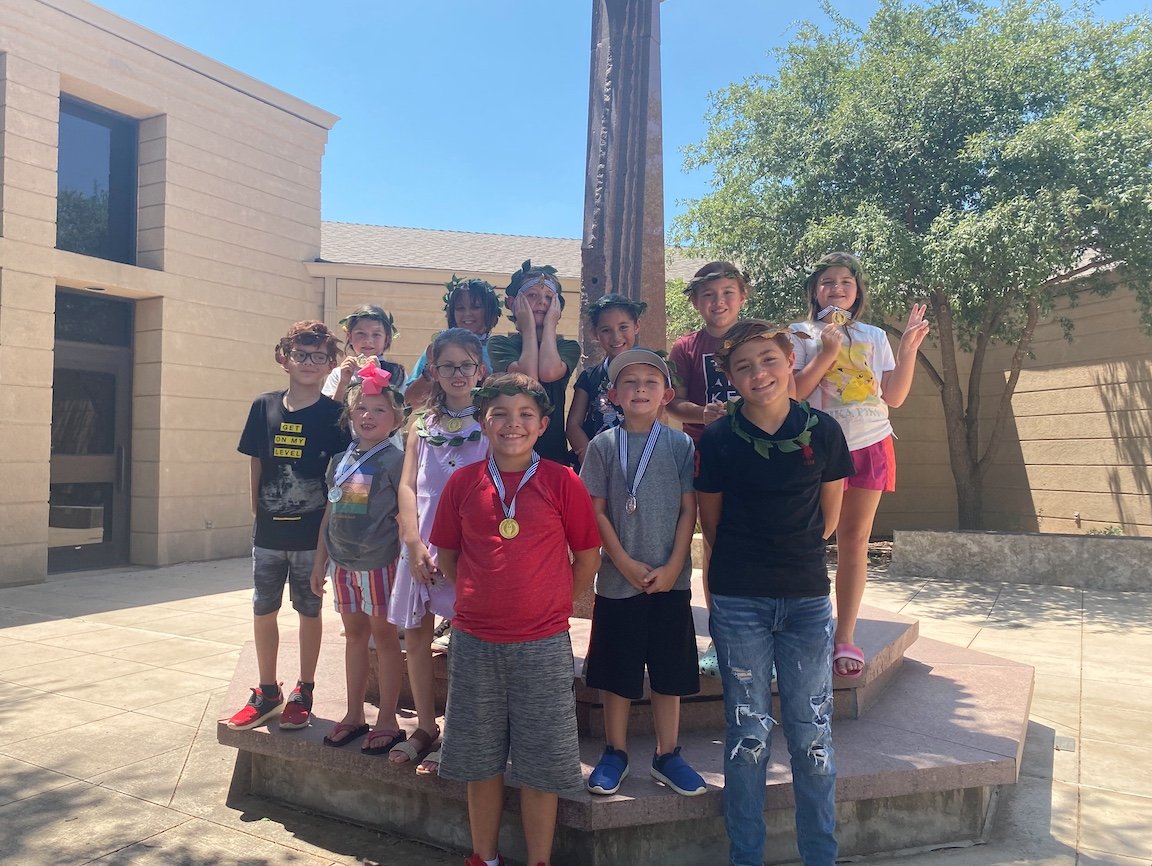
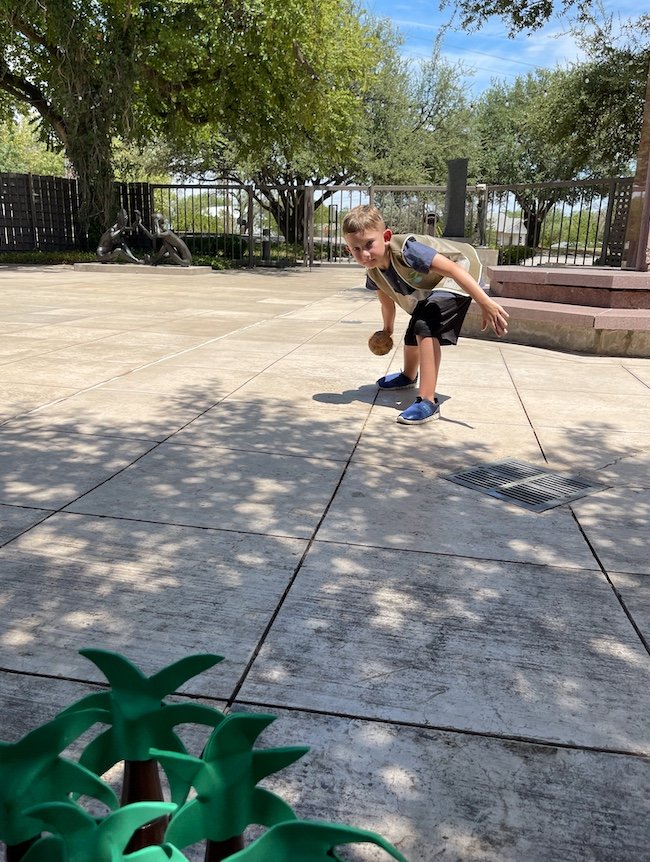

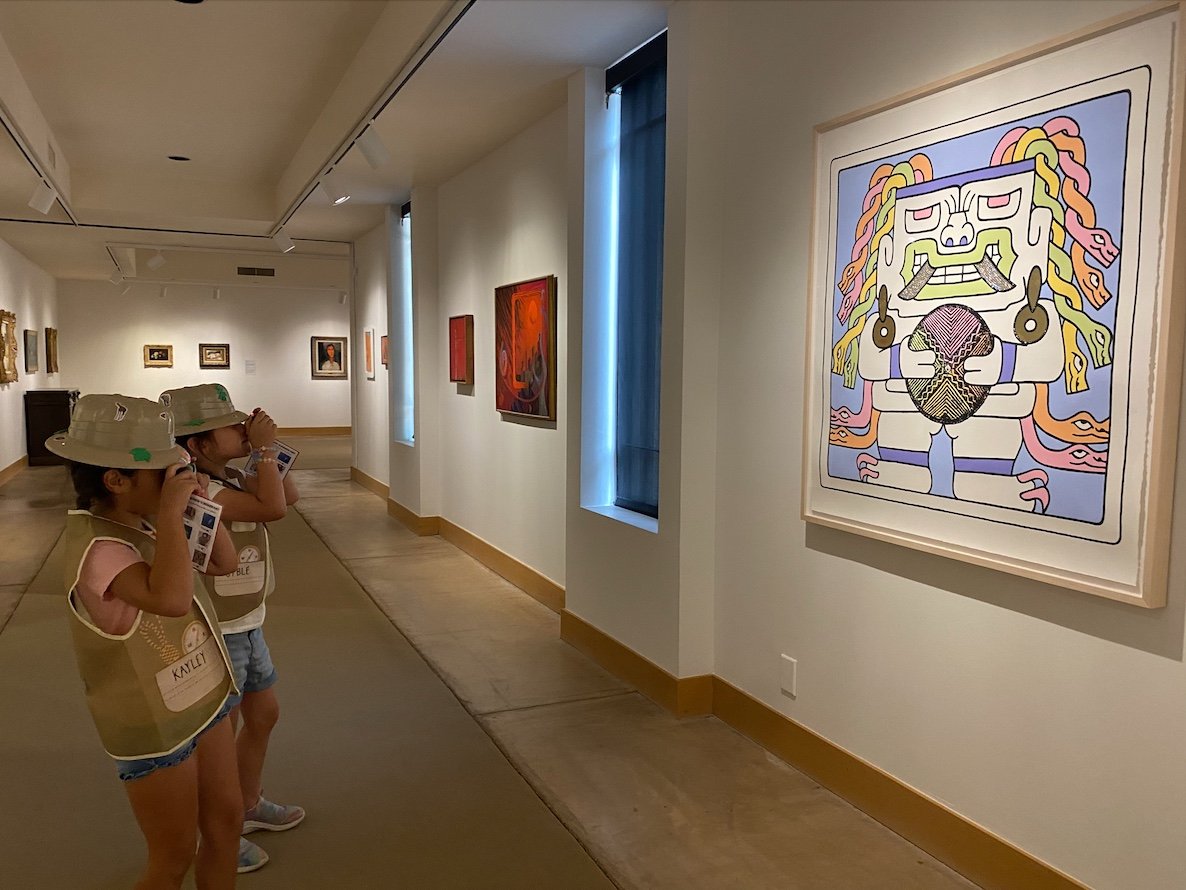
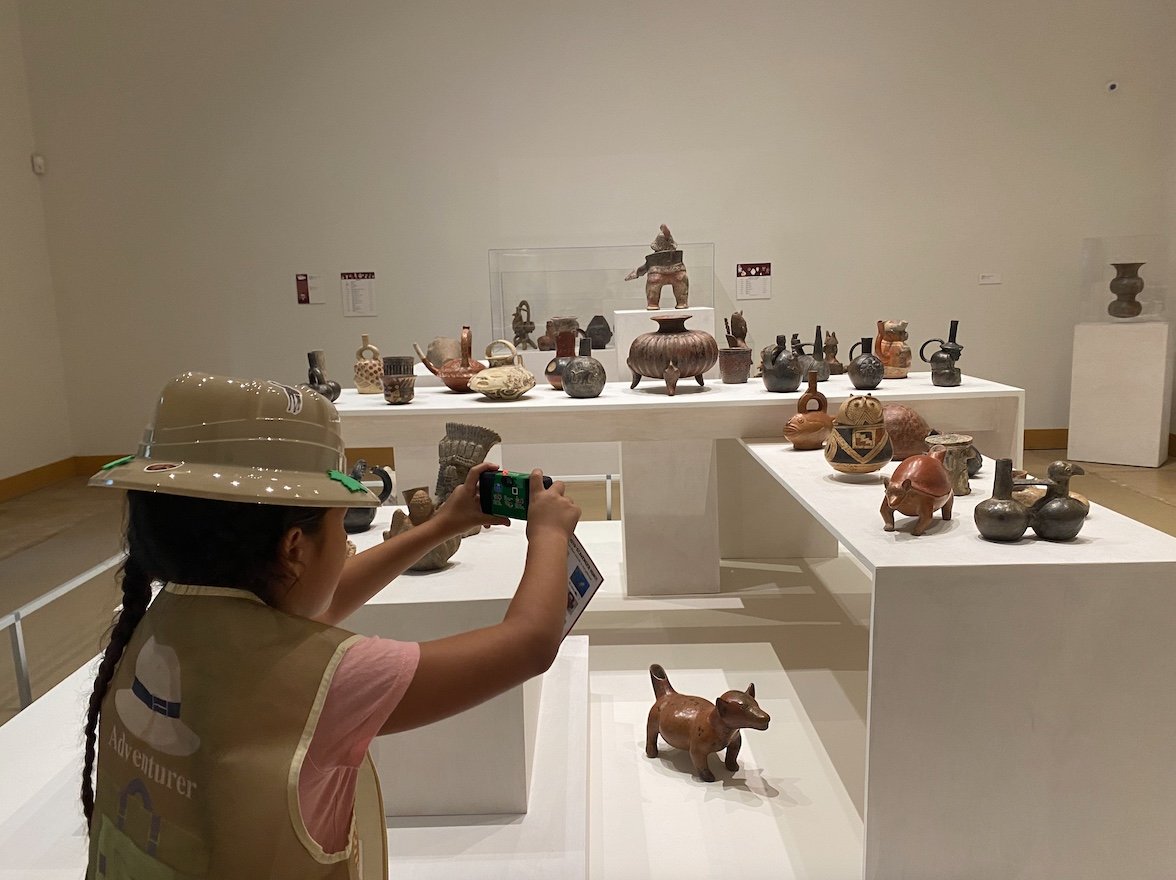
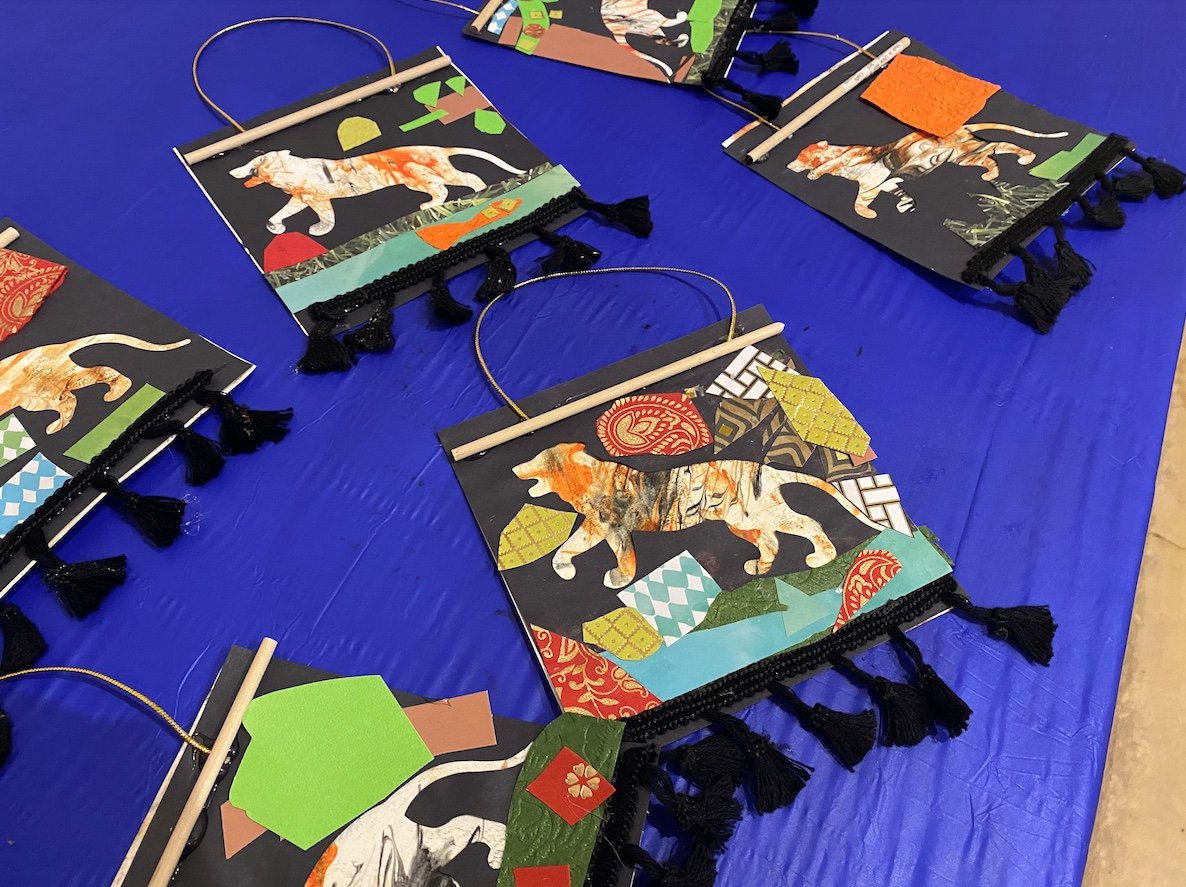

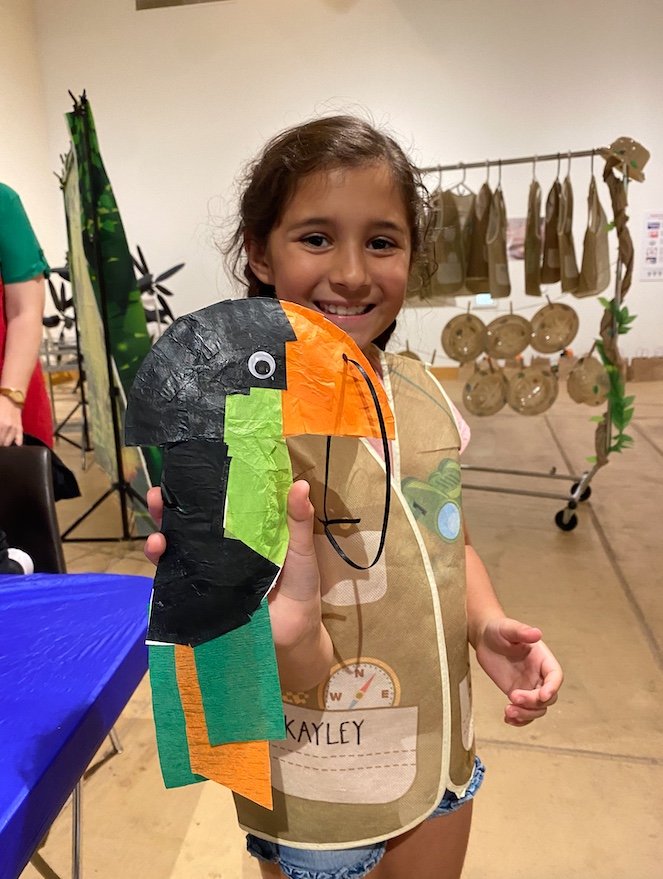
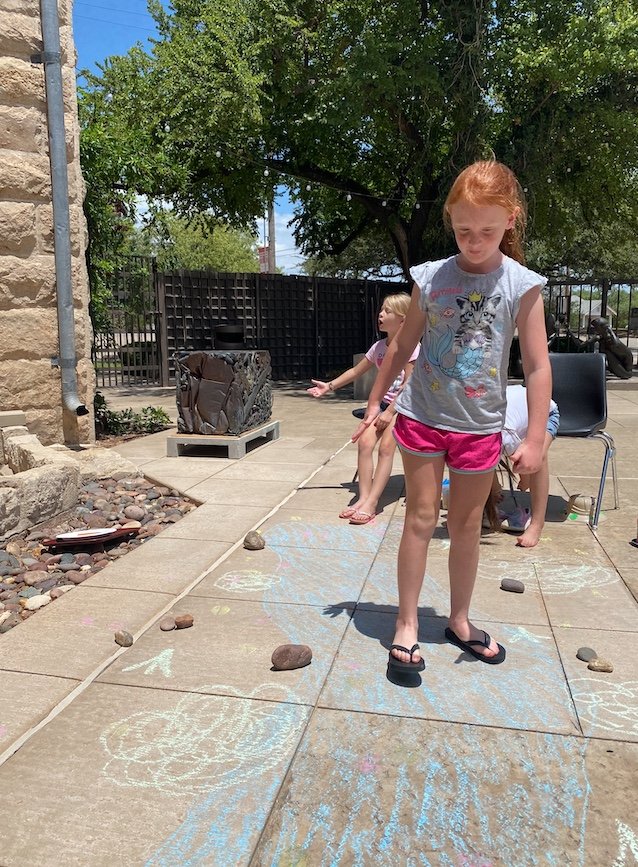
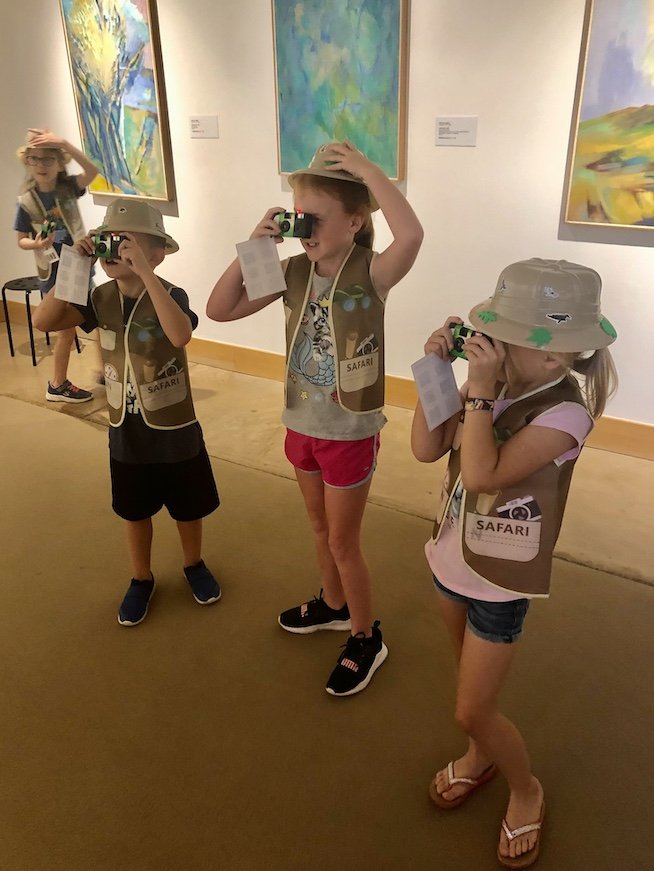
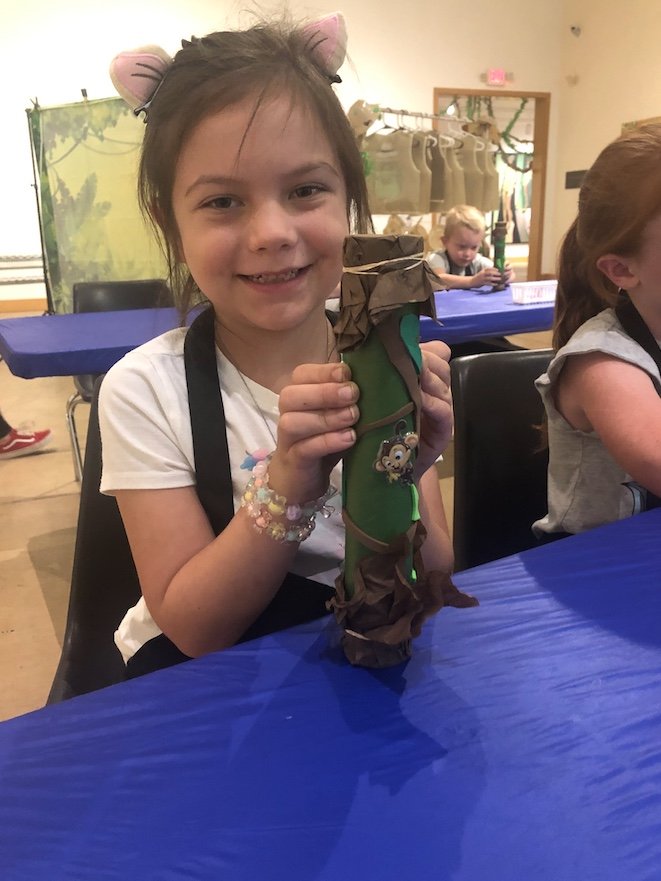
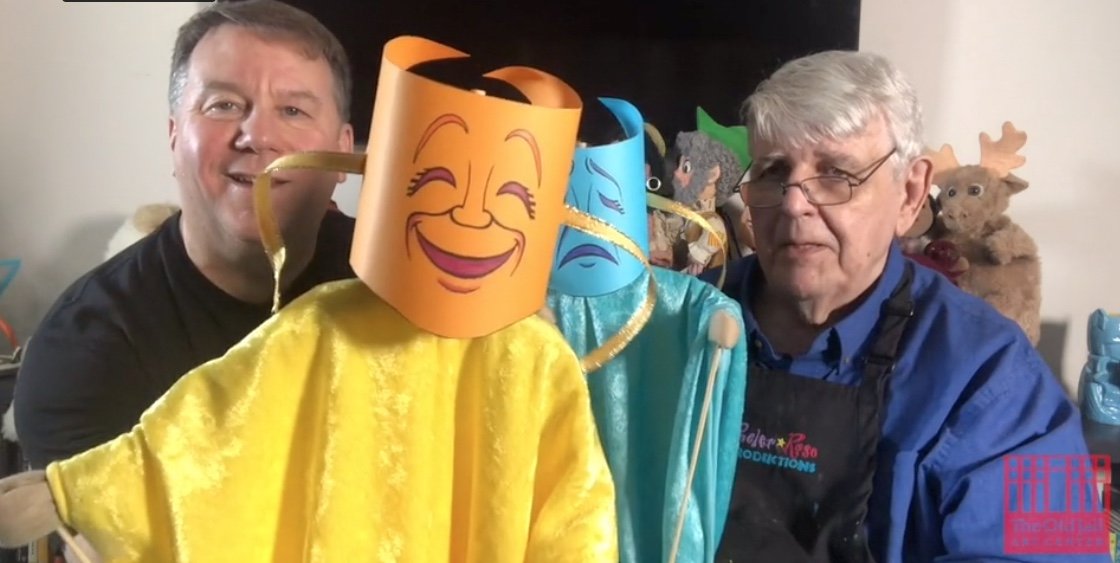

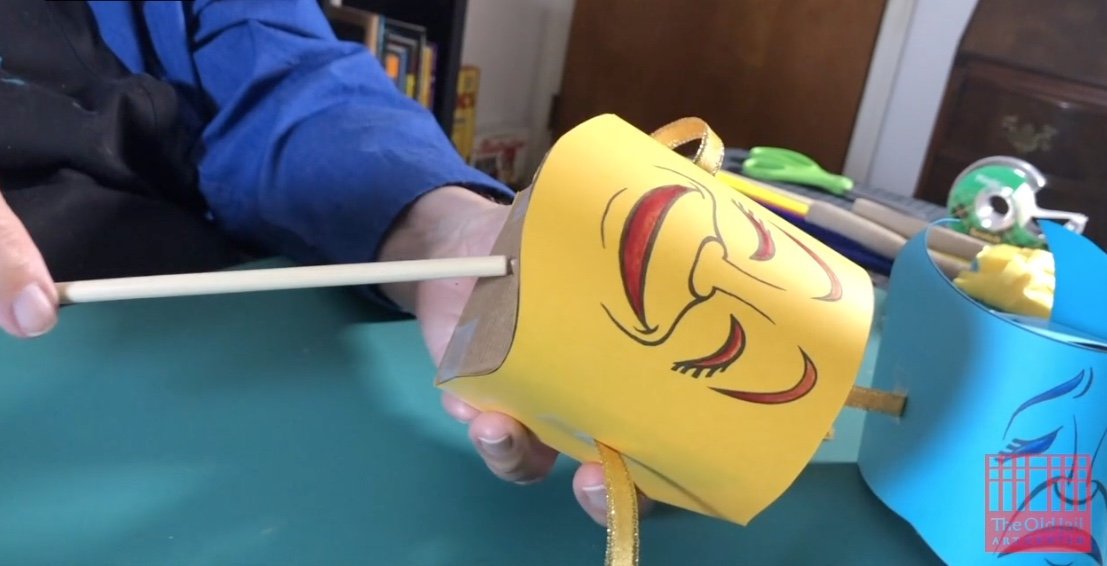


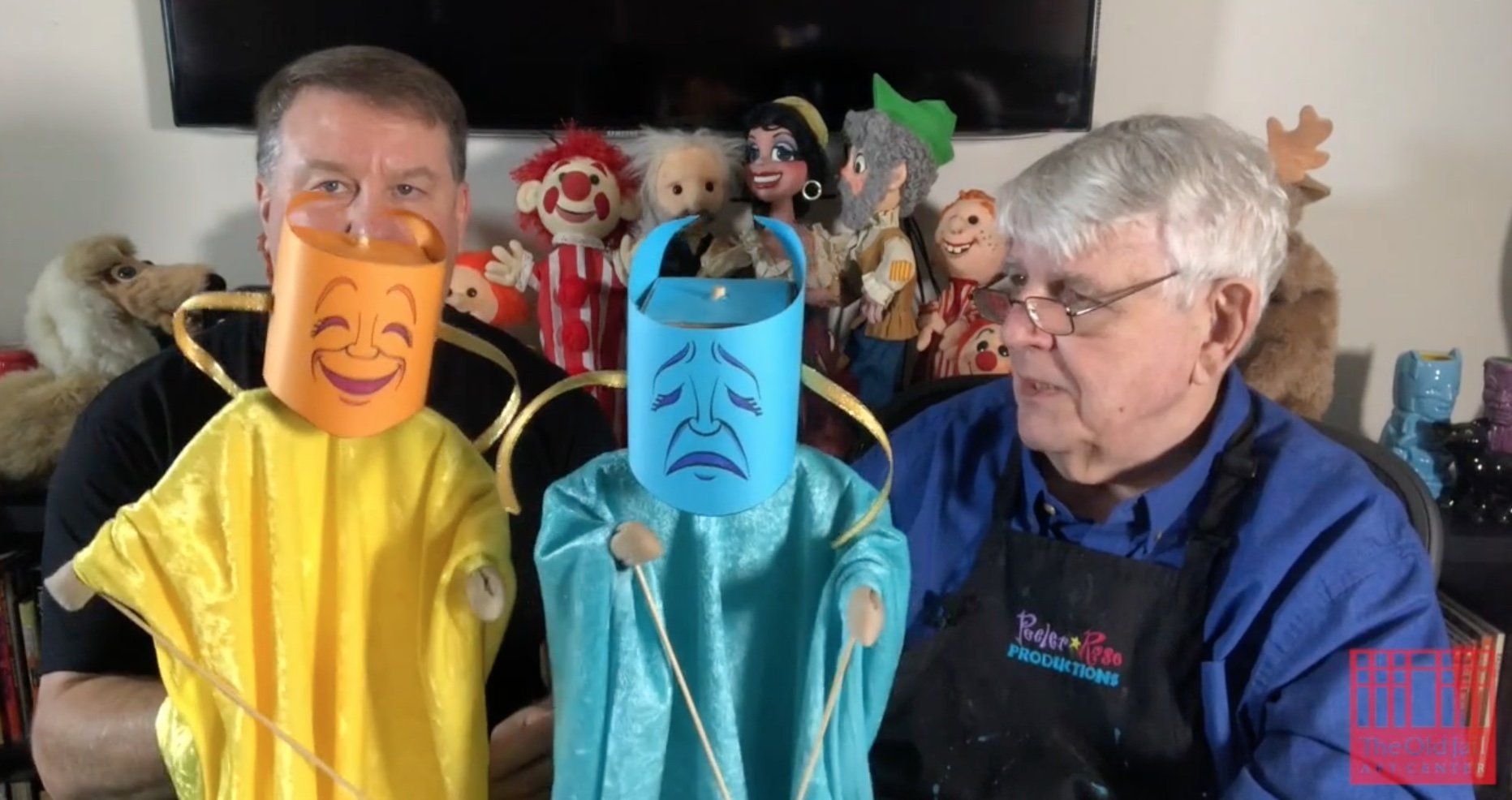

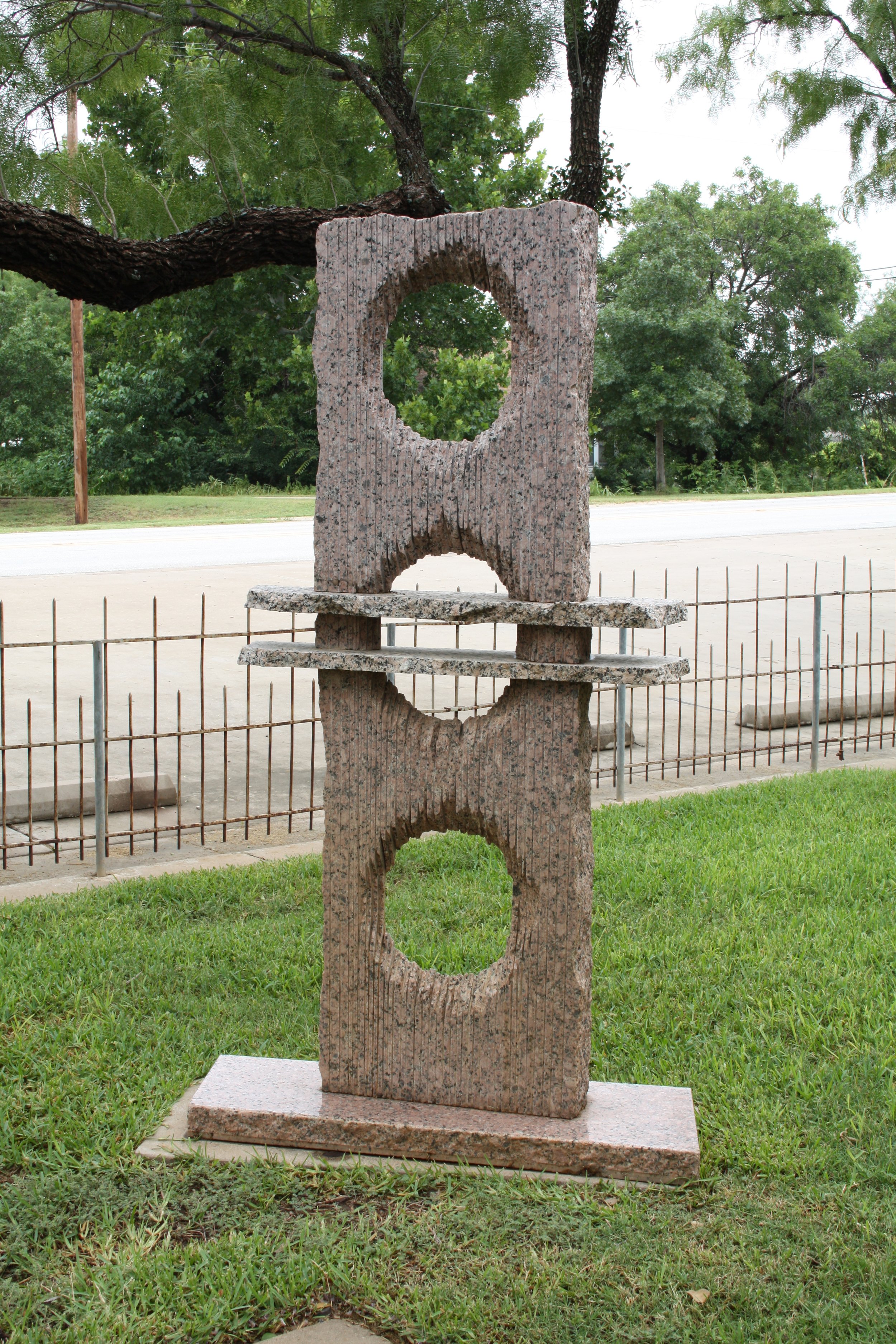
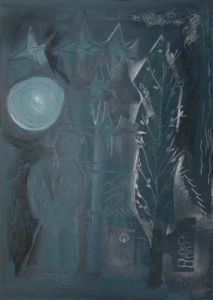
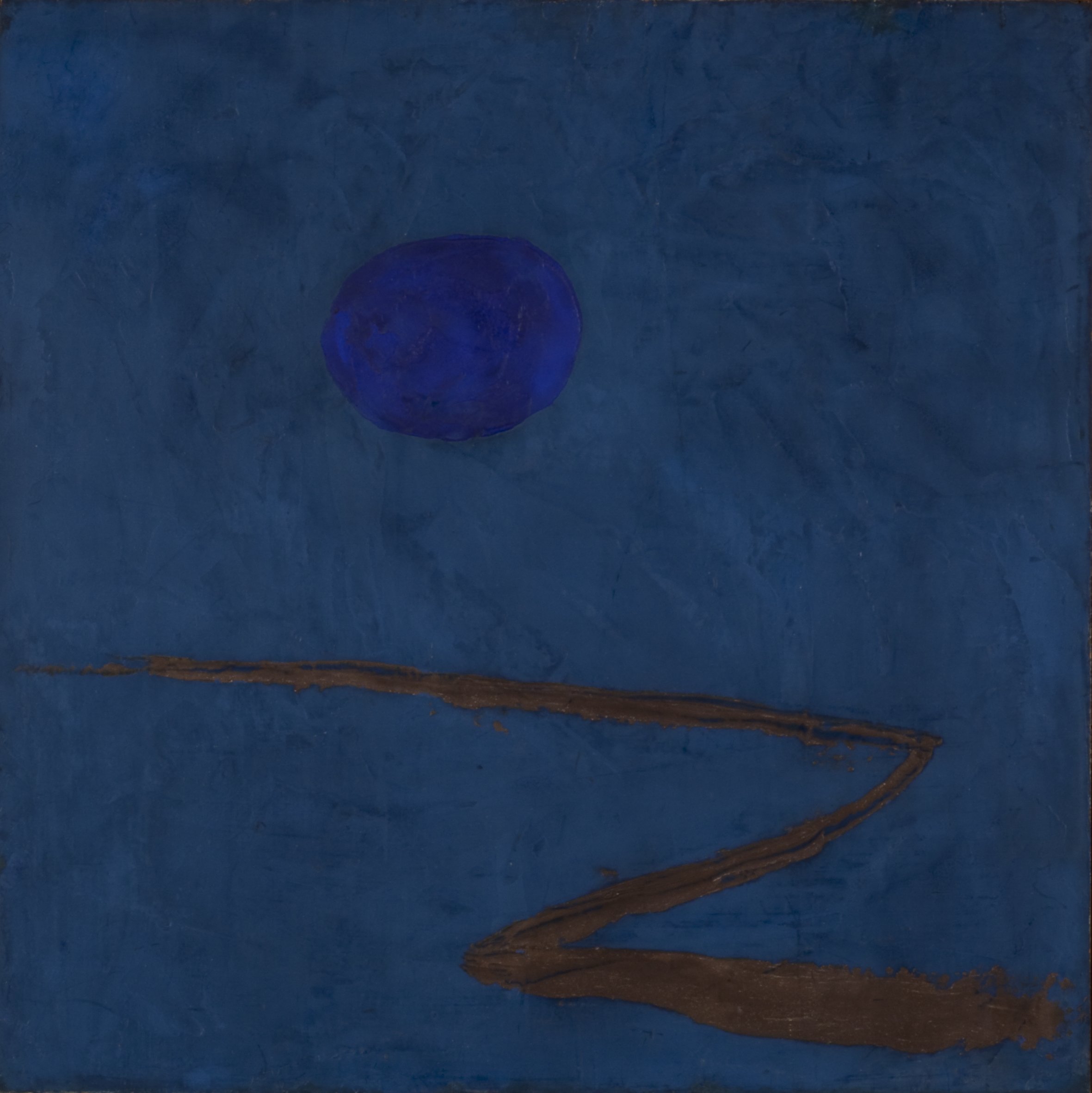
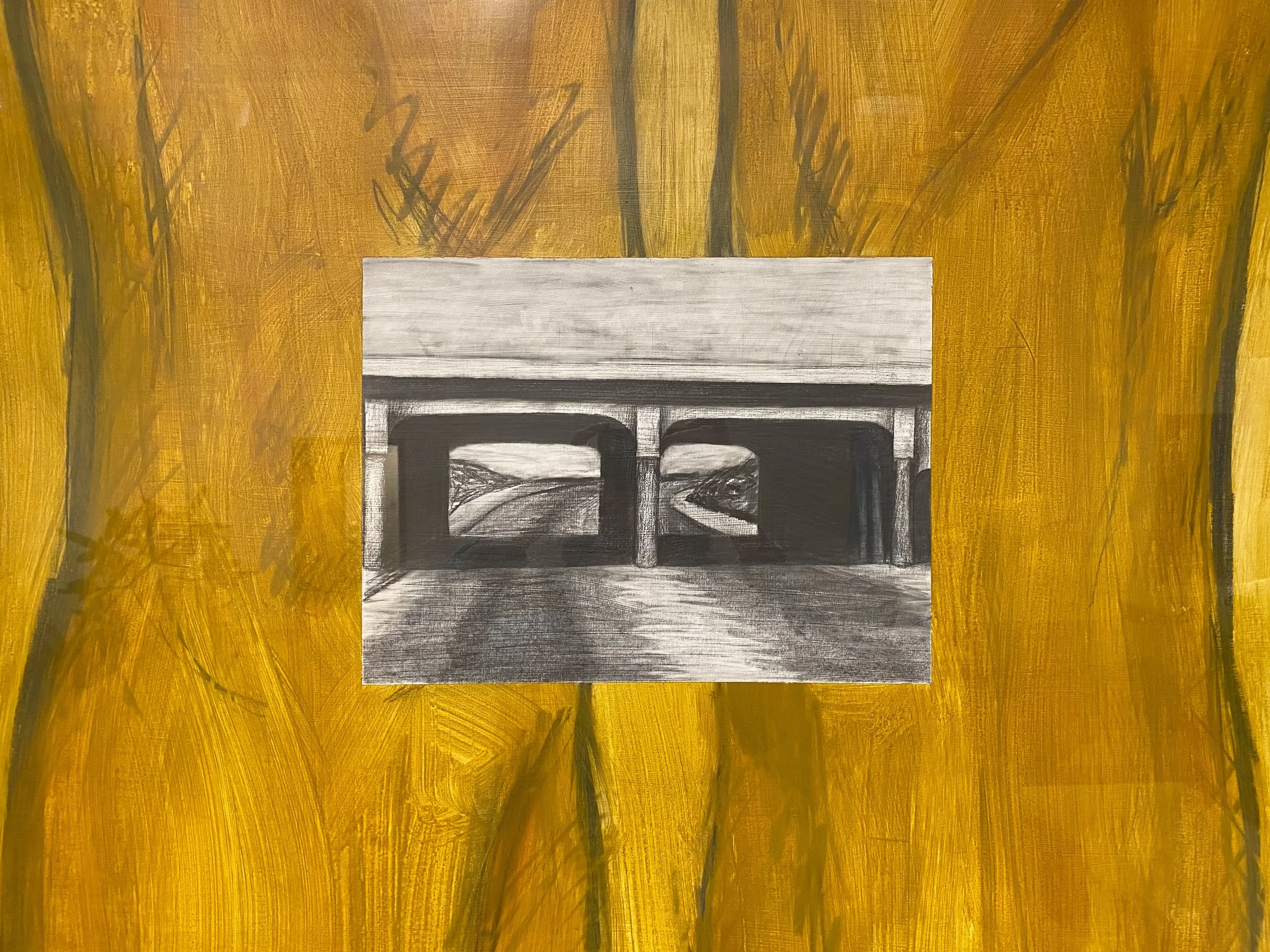



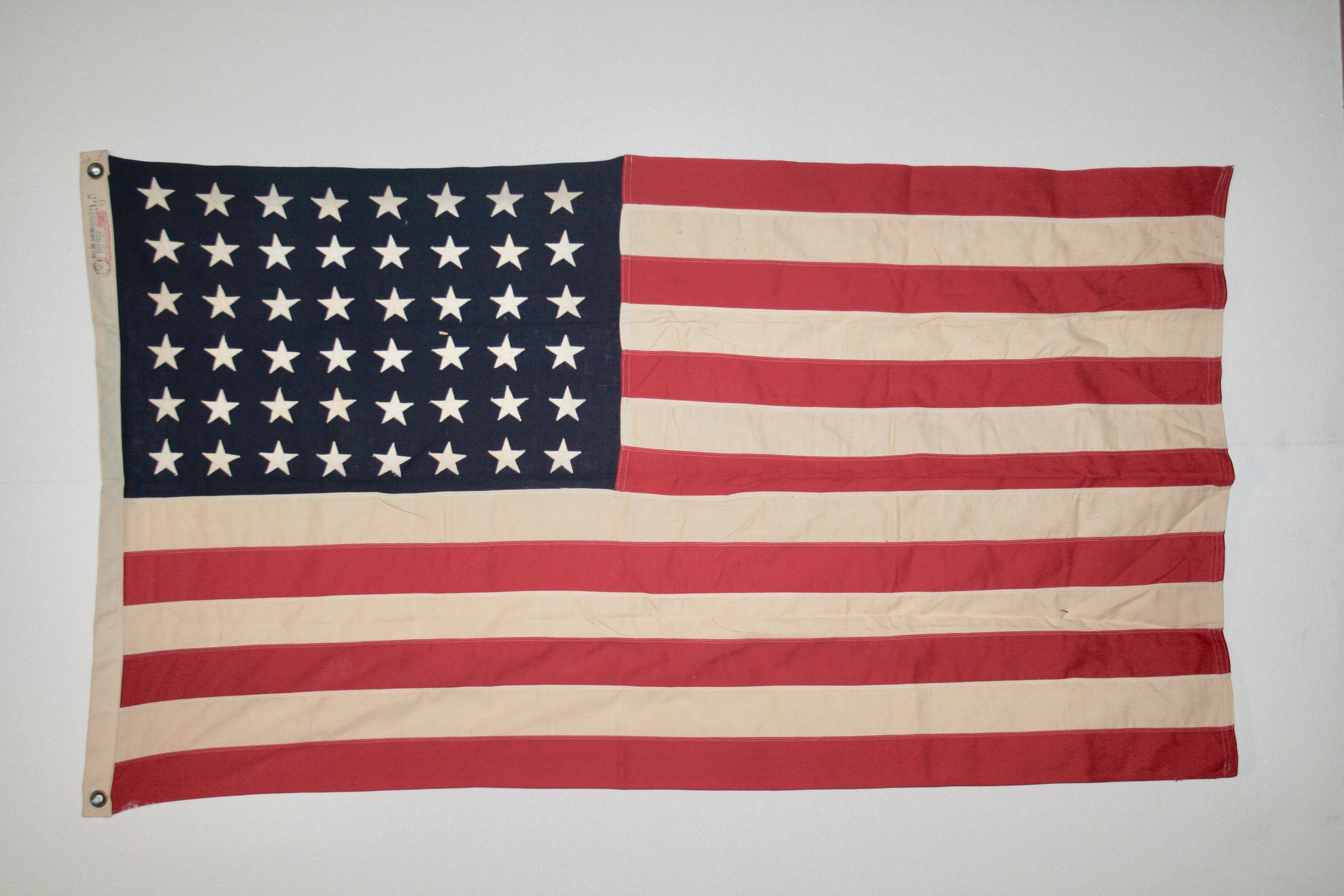
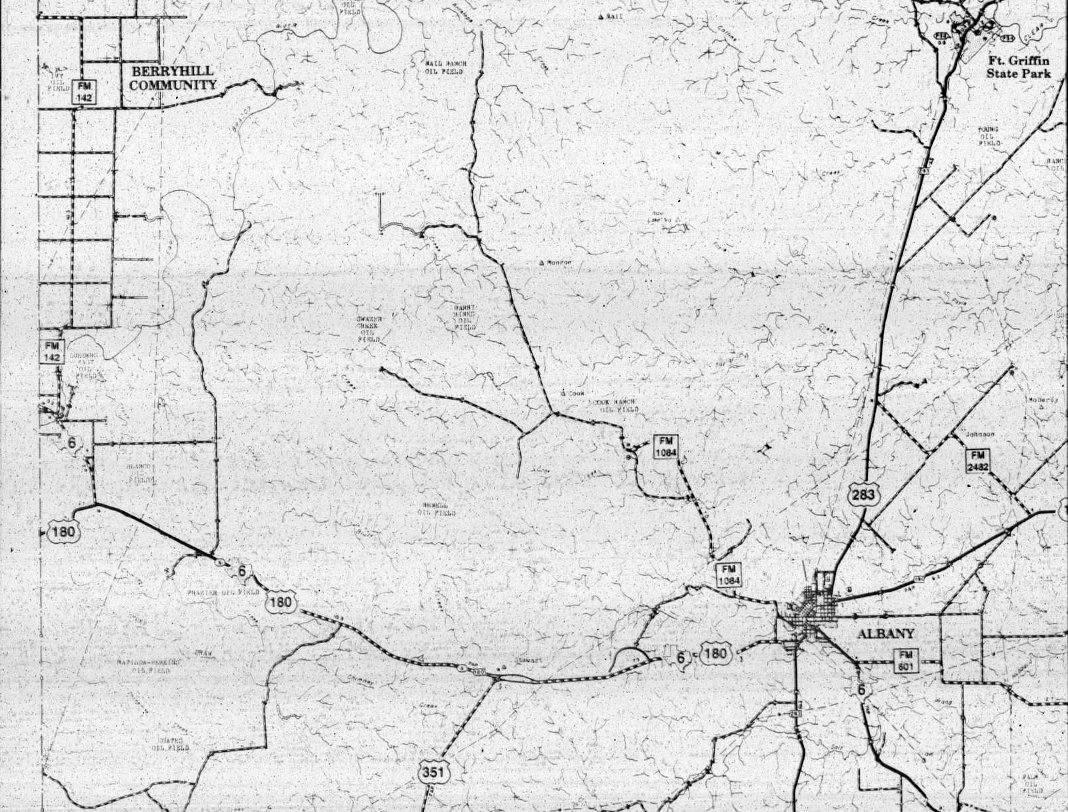
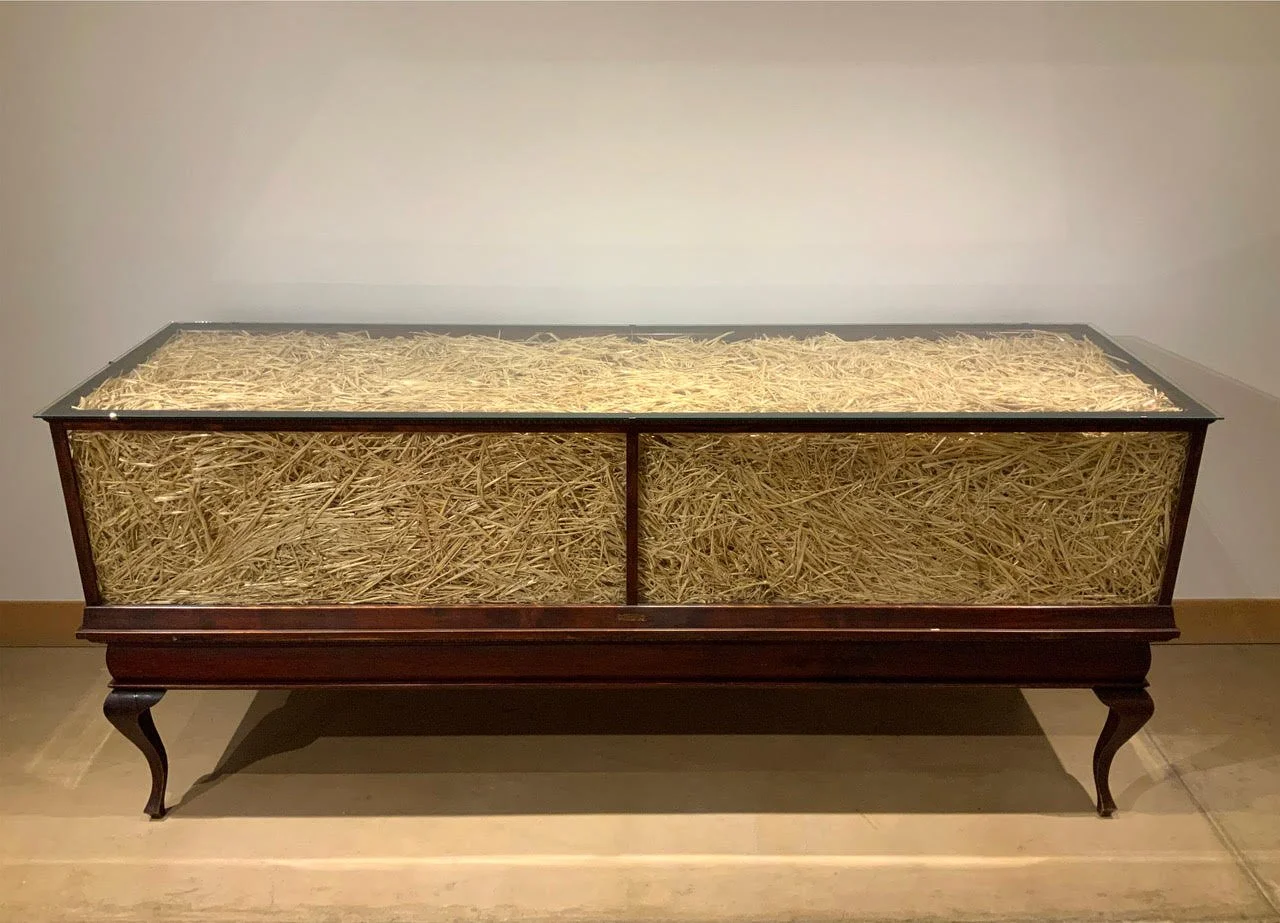






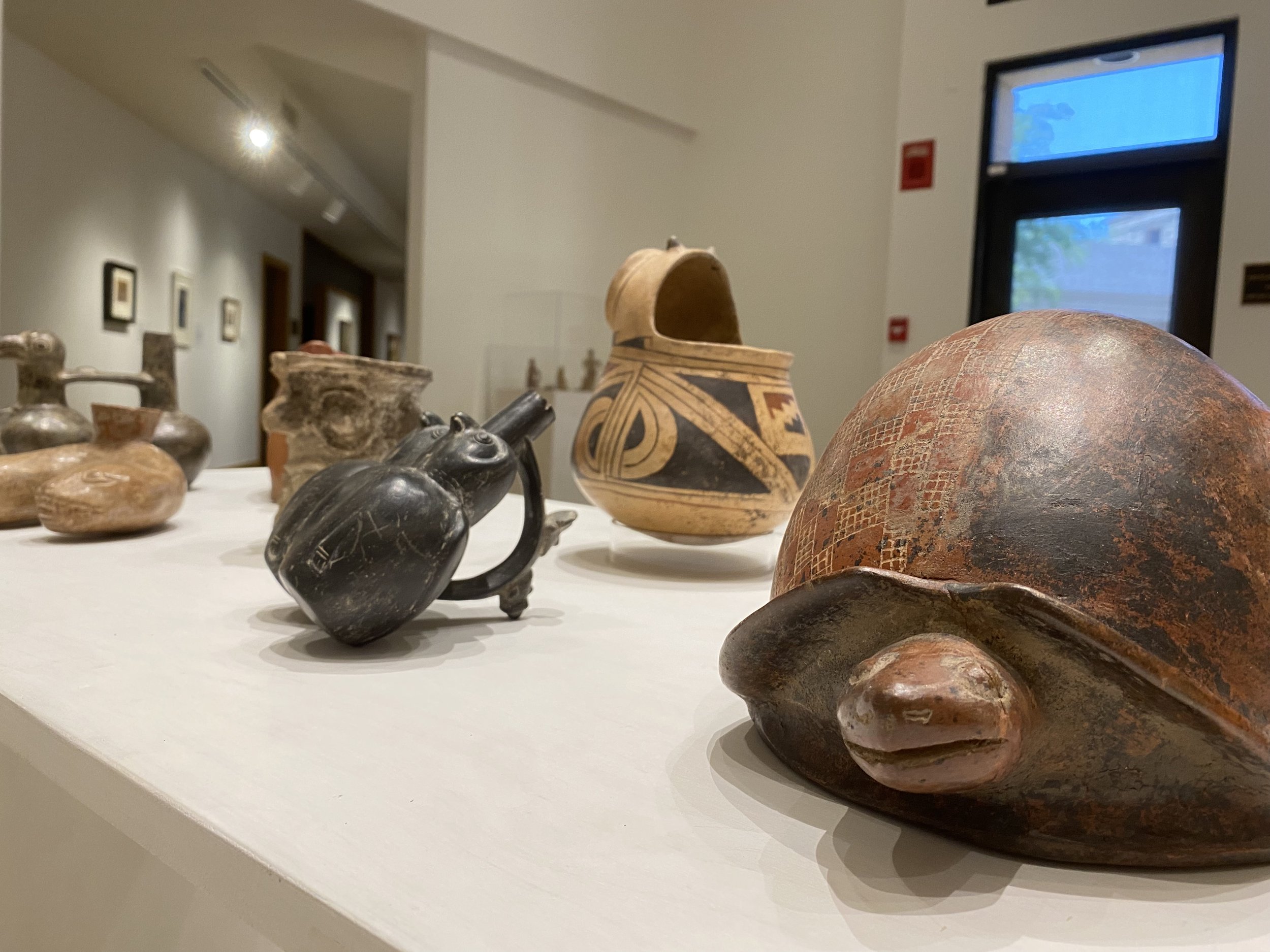


![[Techni]color Our Collections!](https://images.squarespace-cdn.com/content/v1/54de791be4b00f1b03108693/1623273347635-QA4VWBJZKAPT8GJLRYBK/20.png)
![OJAC Collections Coloring Book [Download]](https://images.squarespace-cdn.com/content/v1/54de791be4b00f1b03108693/1622833599470-FAEYK9GDR8WOQQRFDHSC/Color+Book+Cover+2a.jpg)







